Mirror in the heart of the city
Dak Mil West Lake ( Dak Nong province) was officially invested in construction in 1982. Because it is located in the west of Dak Mil district, local people took that to name West Lake.
From 2023, West Lake will also be known as Dak Mil Volcanic Lake. This is point number 23 in the "Symphony of New Waves" tourist route, belonging to the Dak Nong UNESCO Global Geopark.
The volcanic lake has become one of the highlights for visitors to visit and explore Dak Nong.
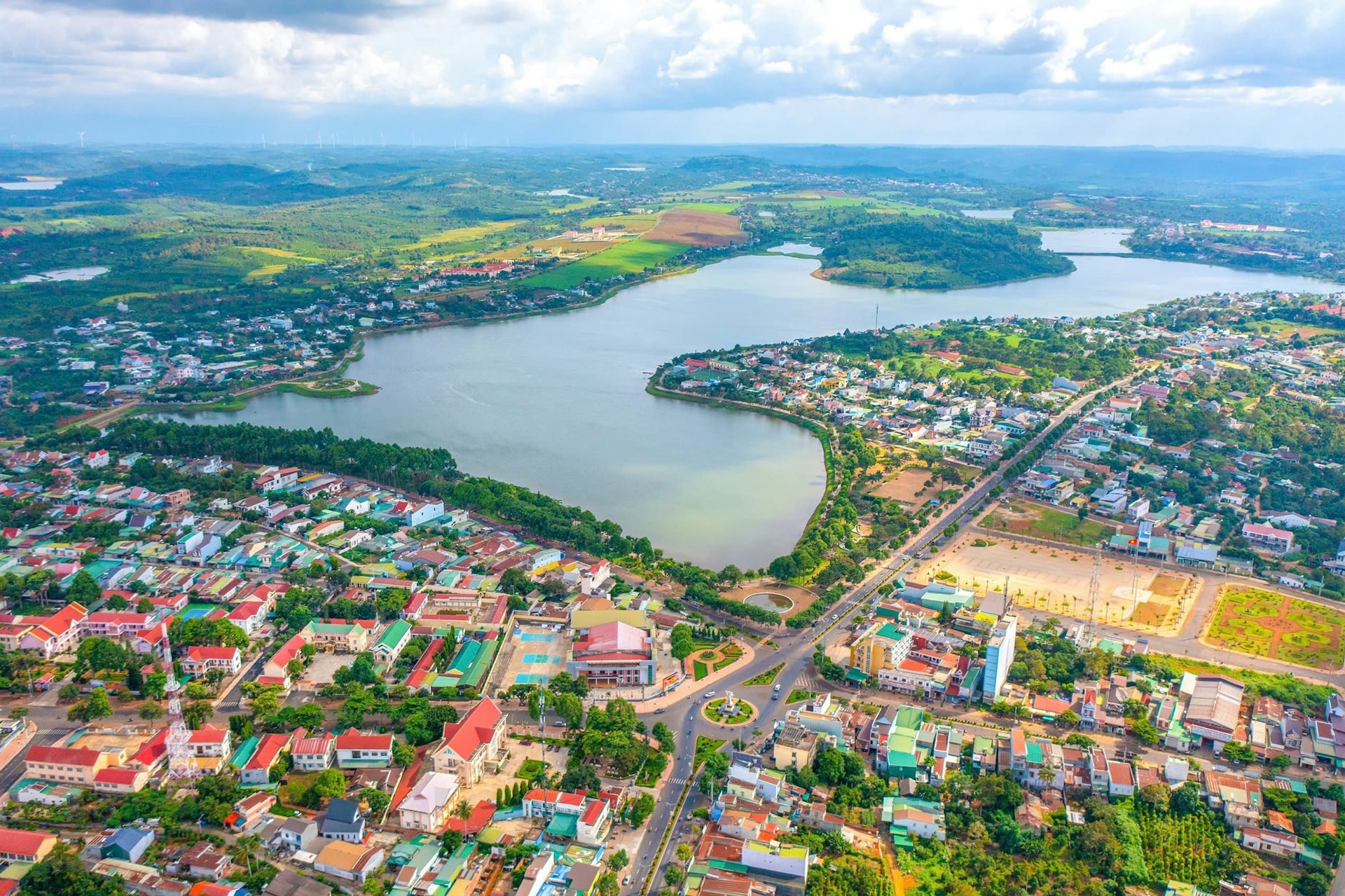
Here, the peninsula emerges in the middle of a lake of about 120 hectares, surrounded by green rows of coffee, cocoa, pepper... of local people, creating a poetic and peaceful scene. Photo: Ngo Minh Phuong
With an open lake surface area of about 108 hectares and a circumference of more than 10 km, the volcanic lake is like a mirror in the heart of Dak Mil town, Dak Mil district.
The winding roads and rows of green trees around the lake also contribute to the poetic beauty of the lake.
Seen from above, the volcanic lake is a highlight among the vast mountains and hills, surrounded by cool green forests, both serving as a water reservoir and a valuable natural product of Dak Nong province.
Therefore, the volcanic lake is considered a precious gem in the Dak Nong UNESCO Global Geopark area.
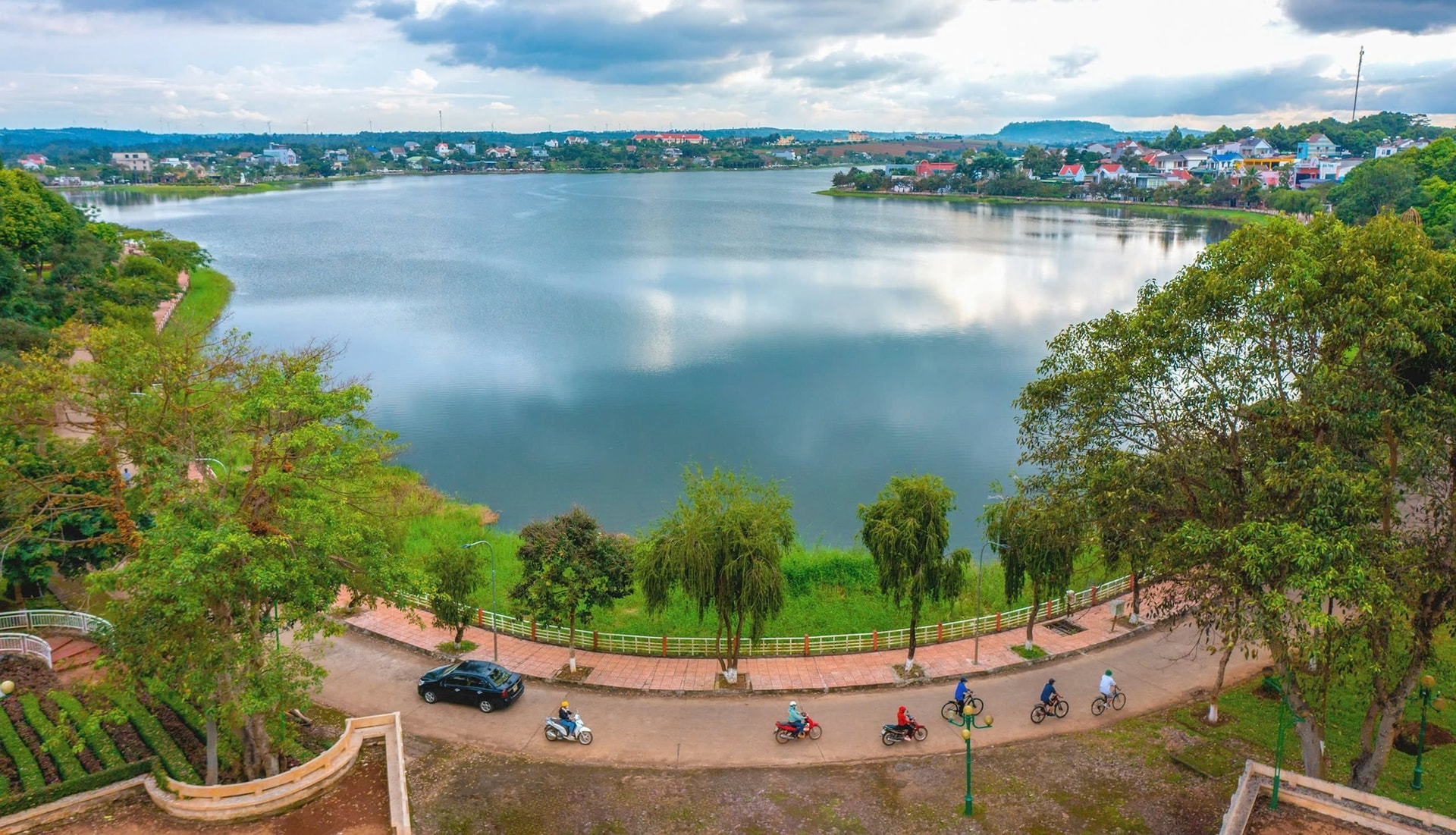
Volcanic Lake is another name for West Lake, located right in the center of Dak Mil town. Photo: Ngo Minh Phuong
Intersection between nature and human
West Lake not only has natural value but is also closely linked to the development history of Dak Mil. Since the 1940s, the French came to Dak Mil to grow coffee.
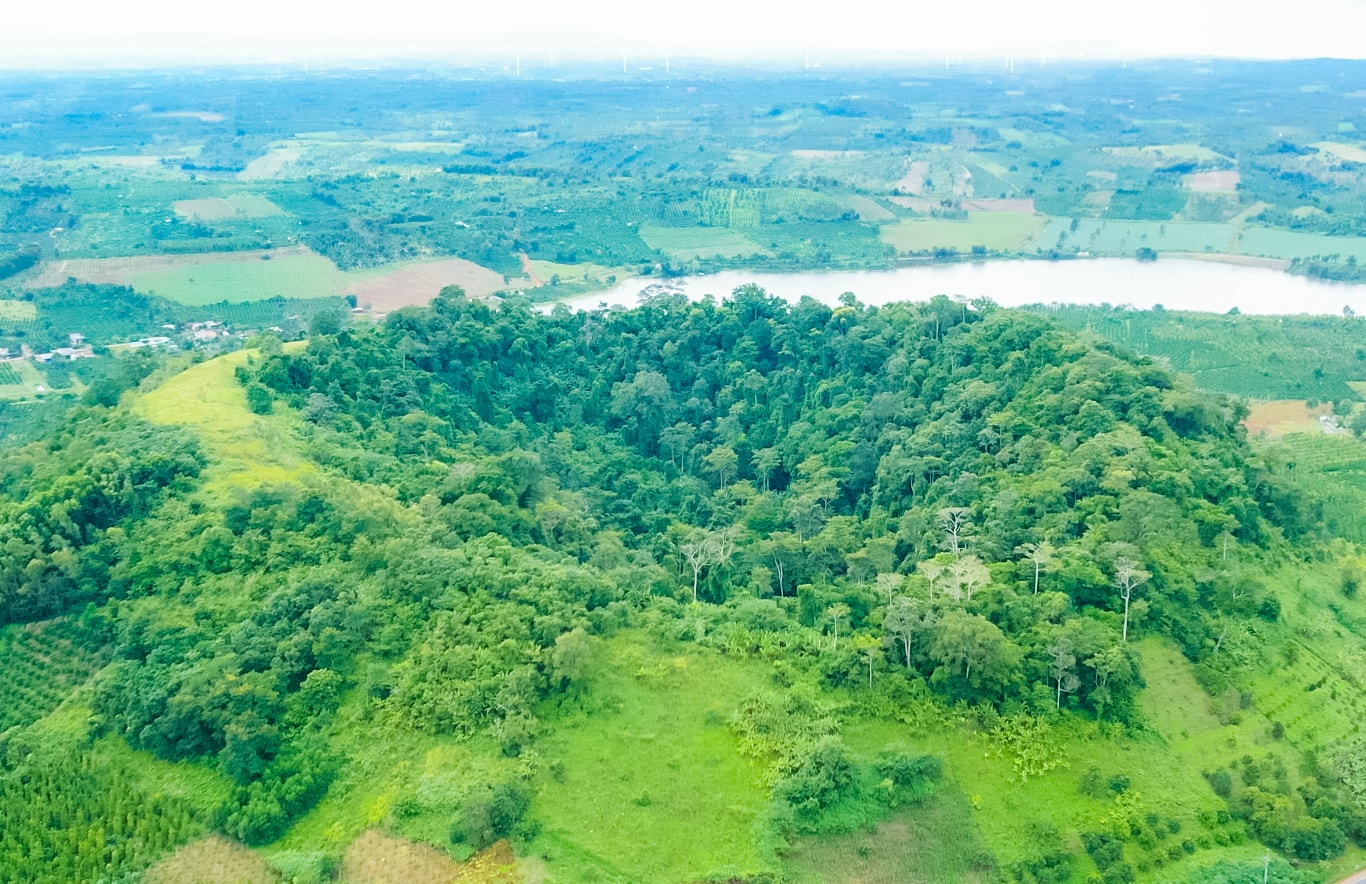
Recognizing the natural low land and the trench created by the Nam Gle volcanic fissure, they decided to build this lake to store water for irrigation of large coffee plantations. (Photo: Nam Gle volcano seen from above)
By 1982, Dak Mil district had invested, expanded and upgraded the lake to serve the purpose of providing irrigation water, contributing to the agricultural development of the entire region. Because it is located in the west of the town, the local people affectionately named this place Tay Dak Mil Lake.
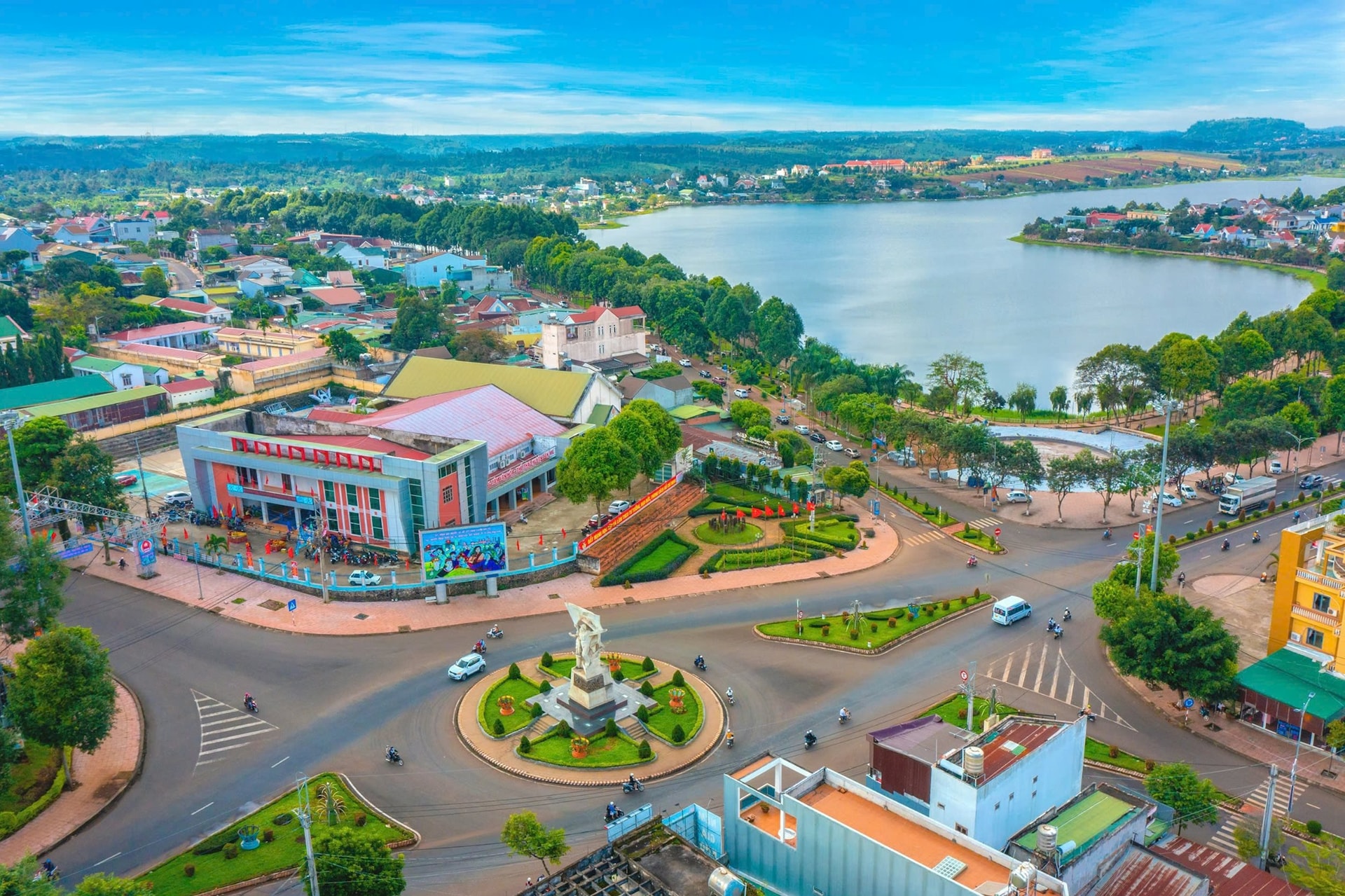
The lake is located in the west of Dak Mil district, so people often call it West Lake. Photo: Ngo Minh Phuong
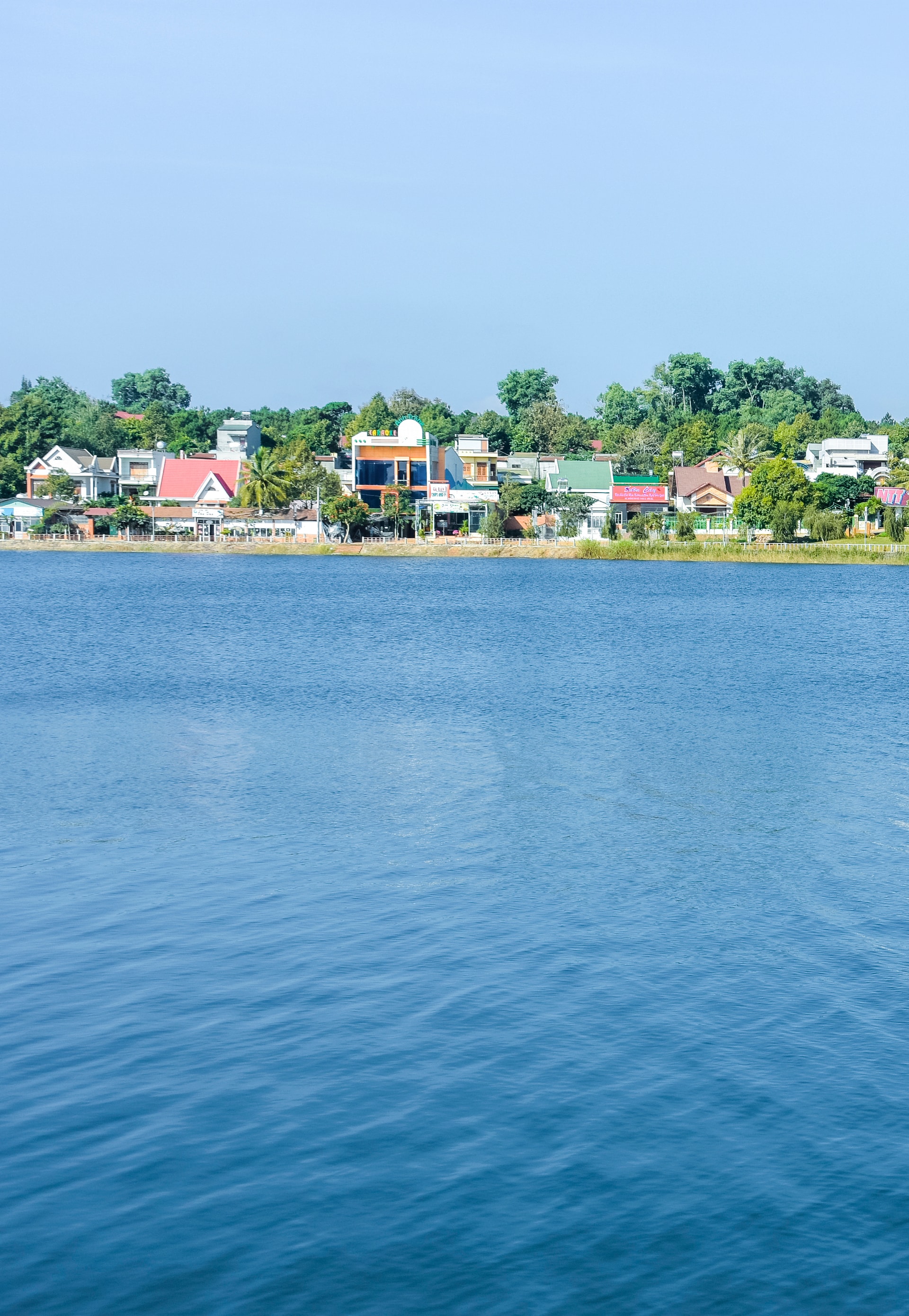
The volcanic lake is clear all year round and never dries up.
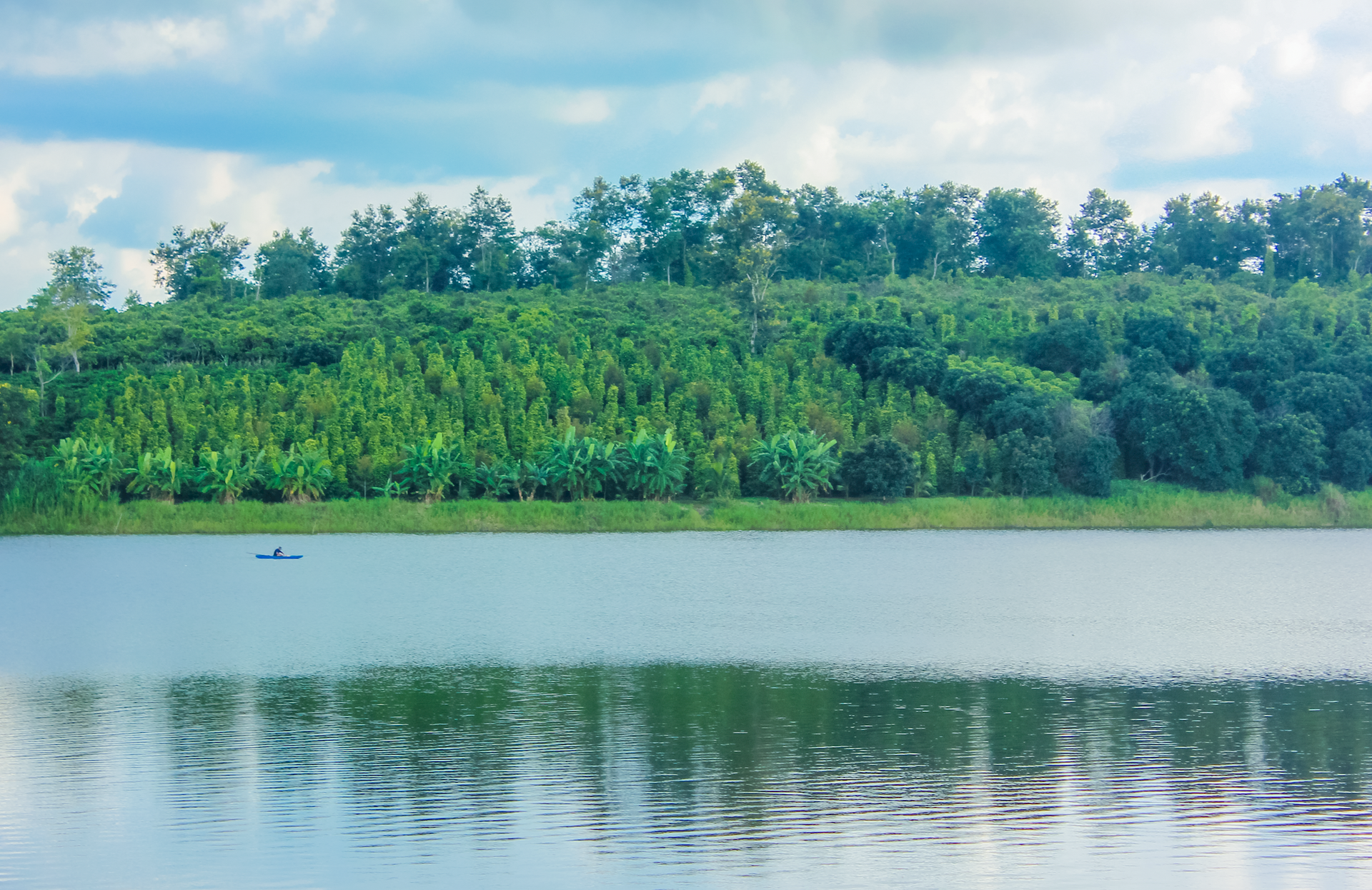
Volcanic lake provides flexible water source for crops in Dak Mil district
Through many historical upheavals, the volcanic lake has become a source of life for thousands of people in the surrounding area.
Thanks to that, Dak Mil agriculture has developed remarkably, with green coffee, cocoa, pepper, and durian gardens, creating a stable source of income for the people.
Unique biological treasure of the Central Highlands
The volcanic lake is not only famous for its large area but also for its rich and diverse ecosystem. With more than 500 species of aquatic organisms living in the lake, the lake has become a unique biological treasure of the Central Highlands.
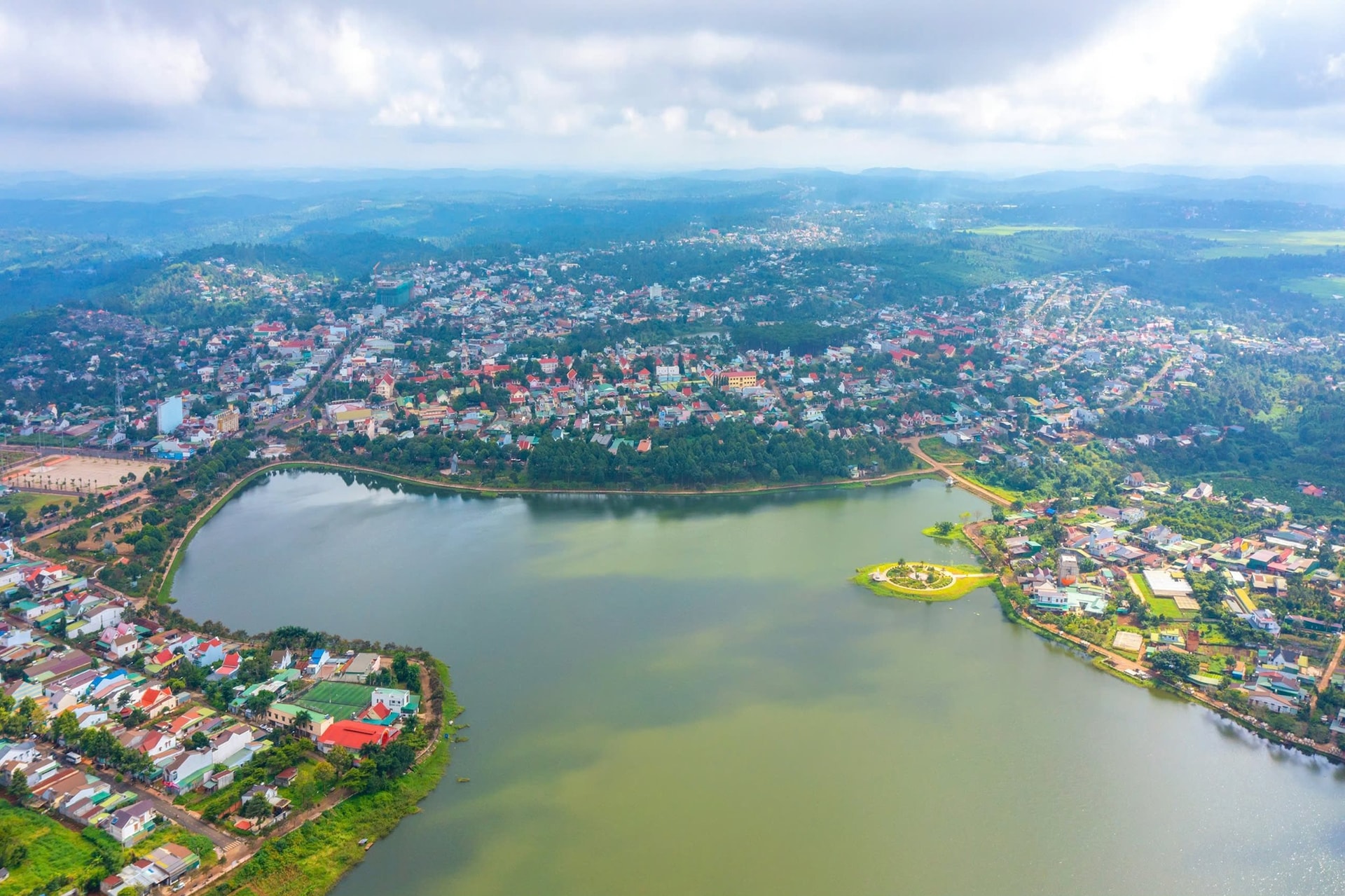
The volcanic lake is located in the central area of Dak Mil town, with a circumference of more than 10km, an open surface area of about 108 hectares with the deepest point from 15-17m. Photo: Ngo Minh Phuong
From fish and shrimp to tiny creatures like seaweed and algae, all create a sustainable living environment and contribute to maintaining the ecological balance of the area.
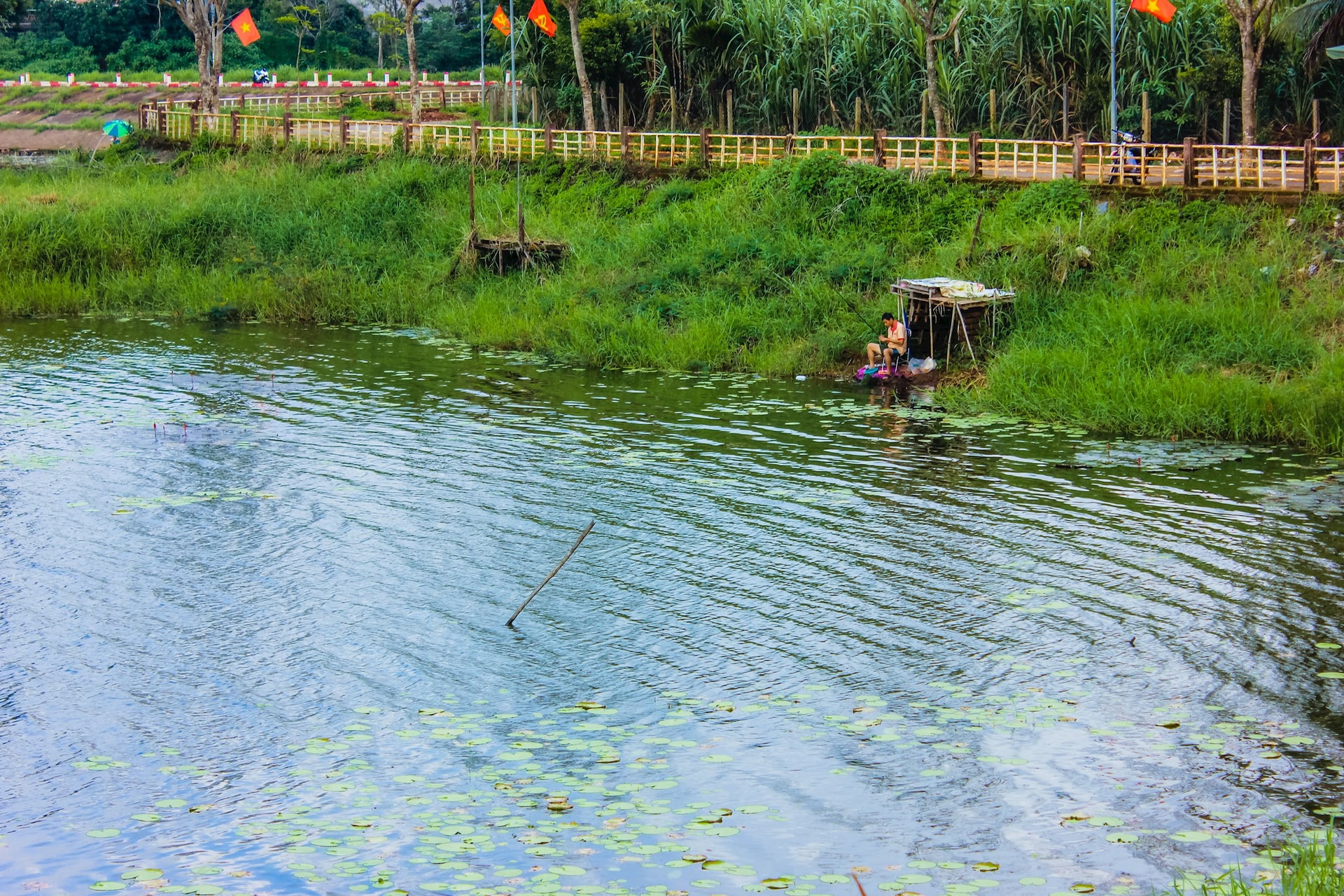
West Lake has a favorable environment for fish and shrimp to breed.
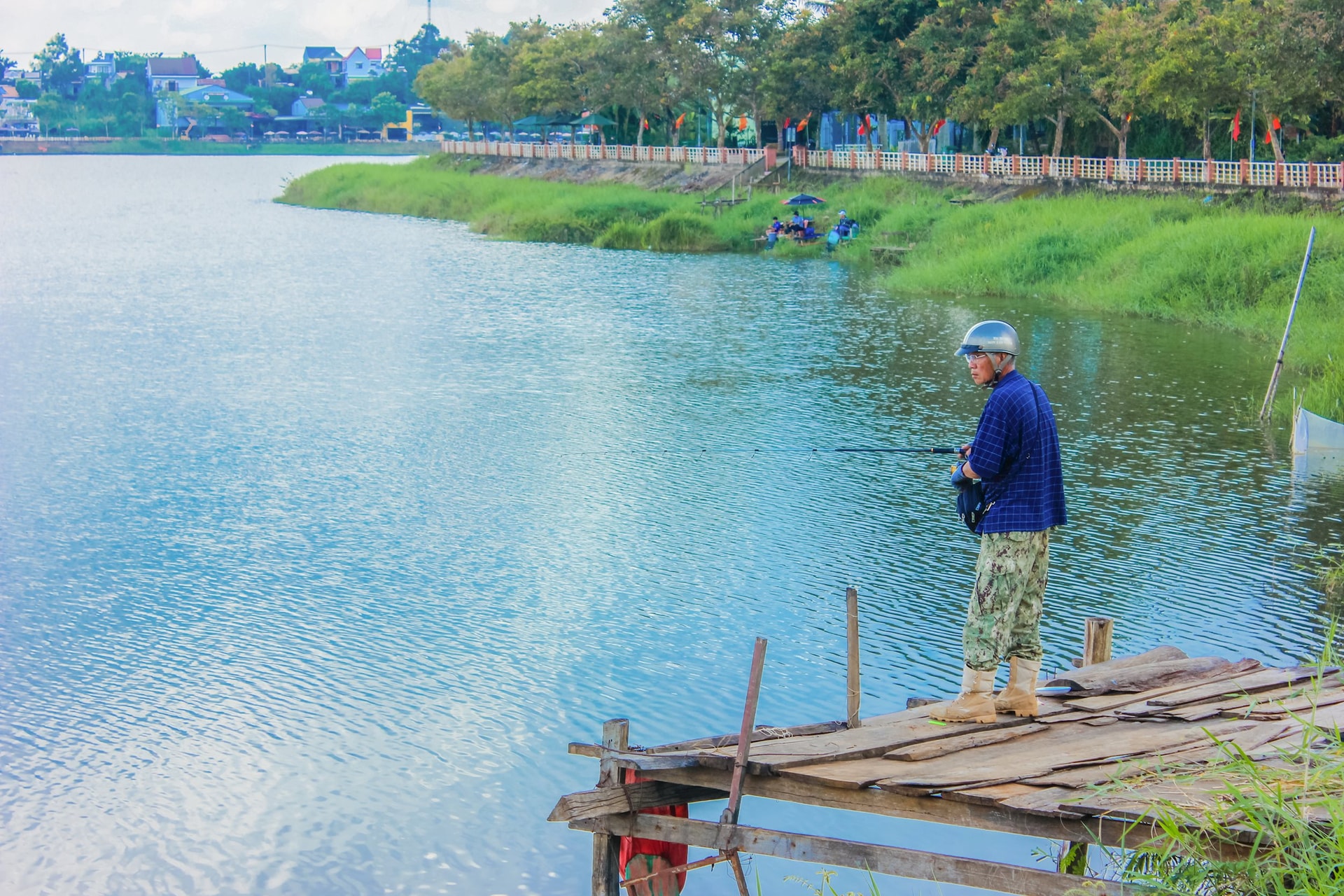
People fishing around West Lake - Dak Mil Lake, Dak Nong Province
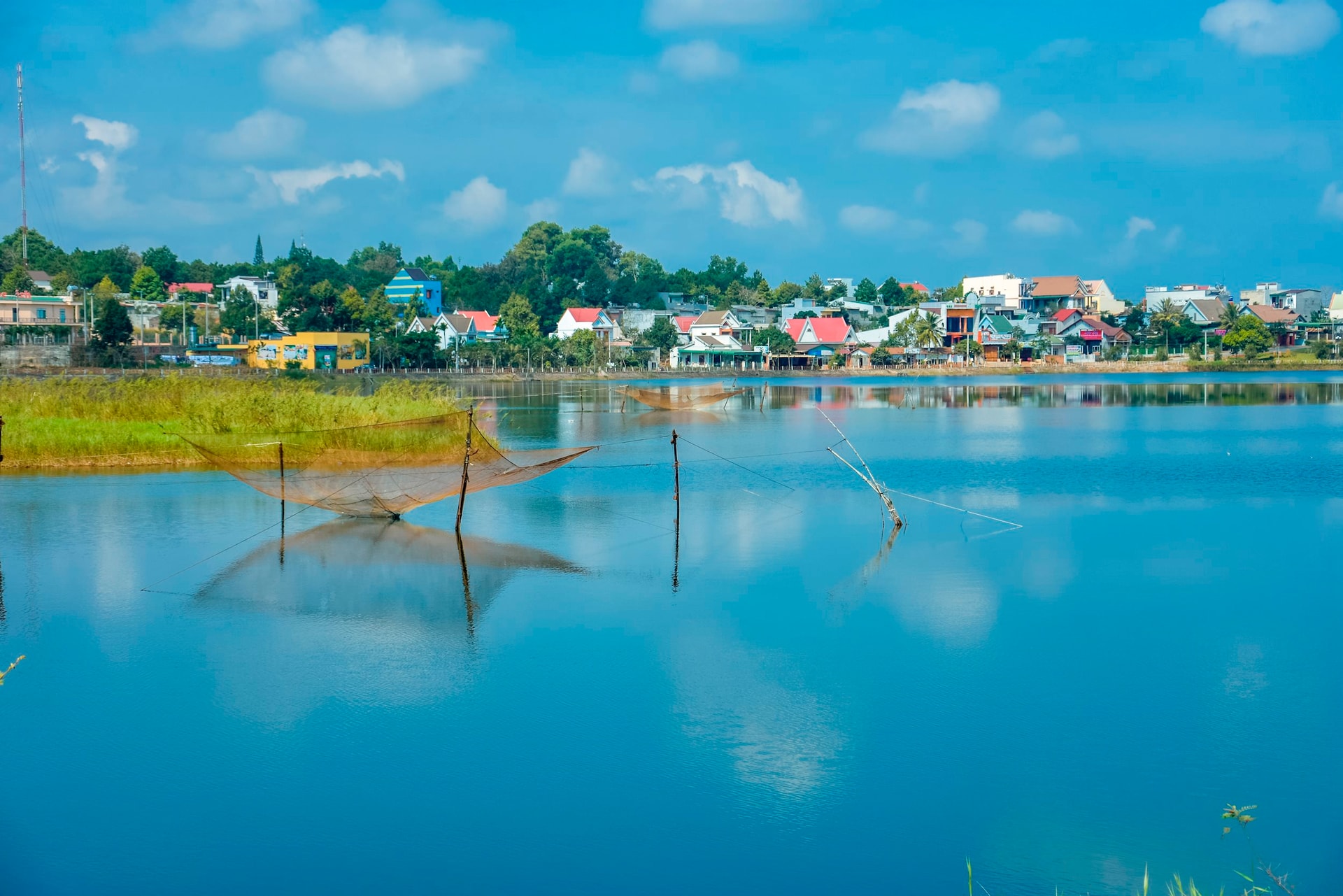
The lake surface is calm and clear all year round.
The calm, clear blue lake is not only an important source of water for agriculture but also creates a picturesque landscape. Anyone who comes here is fascinated by the stillness and mystery of the water, reflecting the blue sky and surrounding forests.
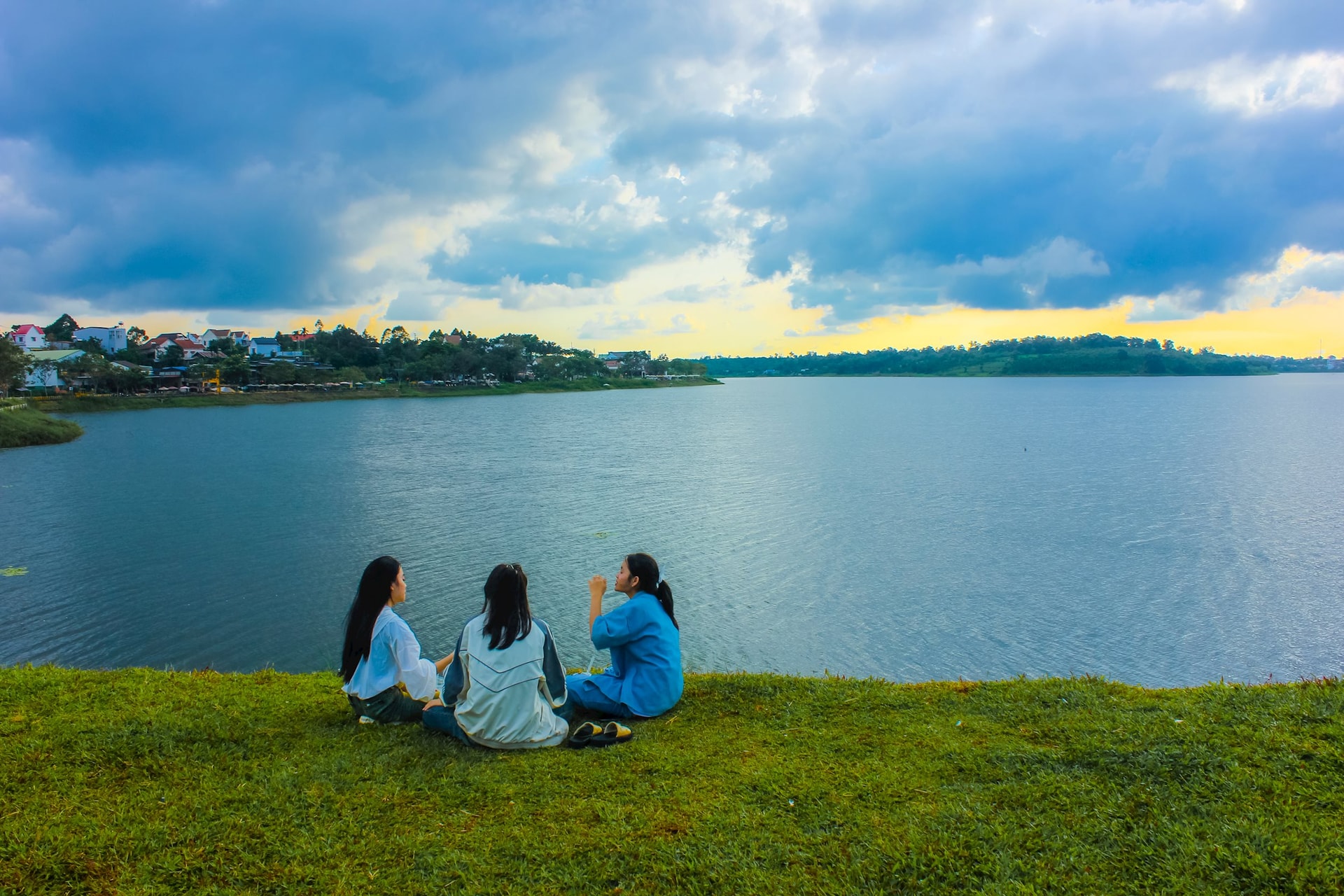
The water in the lake is created from volcanic springs, clear all year round, helping to regulate and balance the landscape of the beautiful town of Dak Mil.
In the early morning or late afternoon, when the sun shines its gentle golden rays onto the lake surface, West Lake becomes shimmering and magical, captivating countless tourists.
Cultural and ecotourism highlights
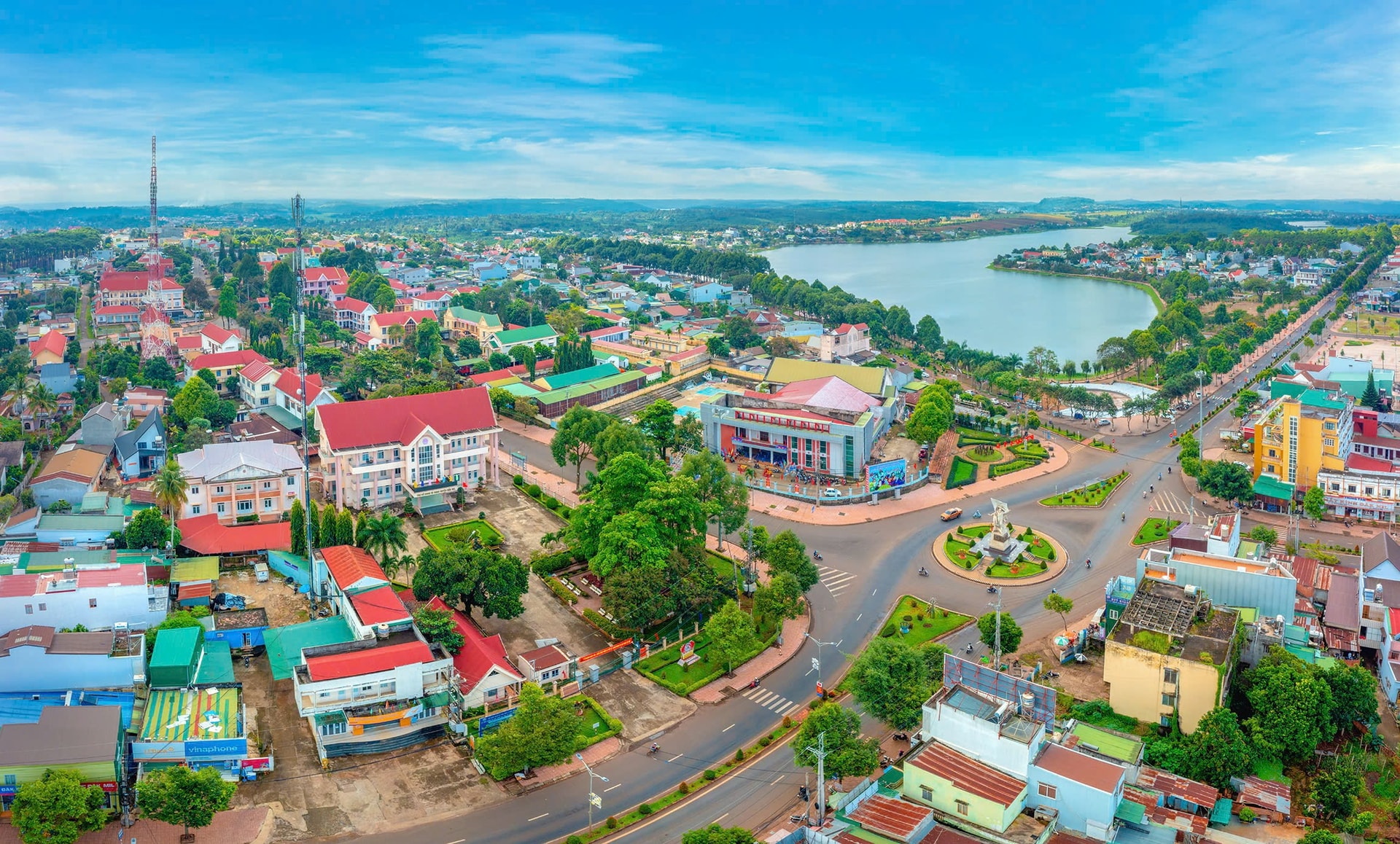
The volcanic lake is located right on the edge of Highway 14, in the center of Dak Mil town, convenient for tourists to visit. Photo: Ngo Minh Phuong
With its favorable geographical location, the volcanic lake is not only close to urban centers but also close to famous scenic spots.
Coming to Dak Mil West Lake, visitors also have the opportunity to explore the unique cultural features of the Central Highlands. Visit the historical site of Dak Mil Prison; interact with the local M'nong people, enjoy specialties such as coffee, avocado, durian, bamboo rice, bitter eggplant, thut soup, grilled meat...
Not only is it a place to preserve historical values, the volcanic lake is also a unique cultural space. Every year, on the full moon of January and July, the volcanic lake becomes brilliant with the lantern festival - a traditional activity to pray for national peace and prosperity of the people of Dak Mil.
The sparkling flower lanterns on the water create a mysterious and attractive spiritual space, attracting thousands of locals and tourists from all over to enjoy.
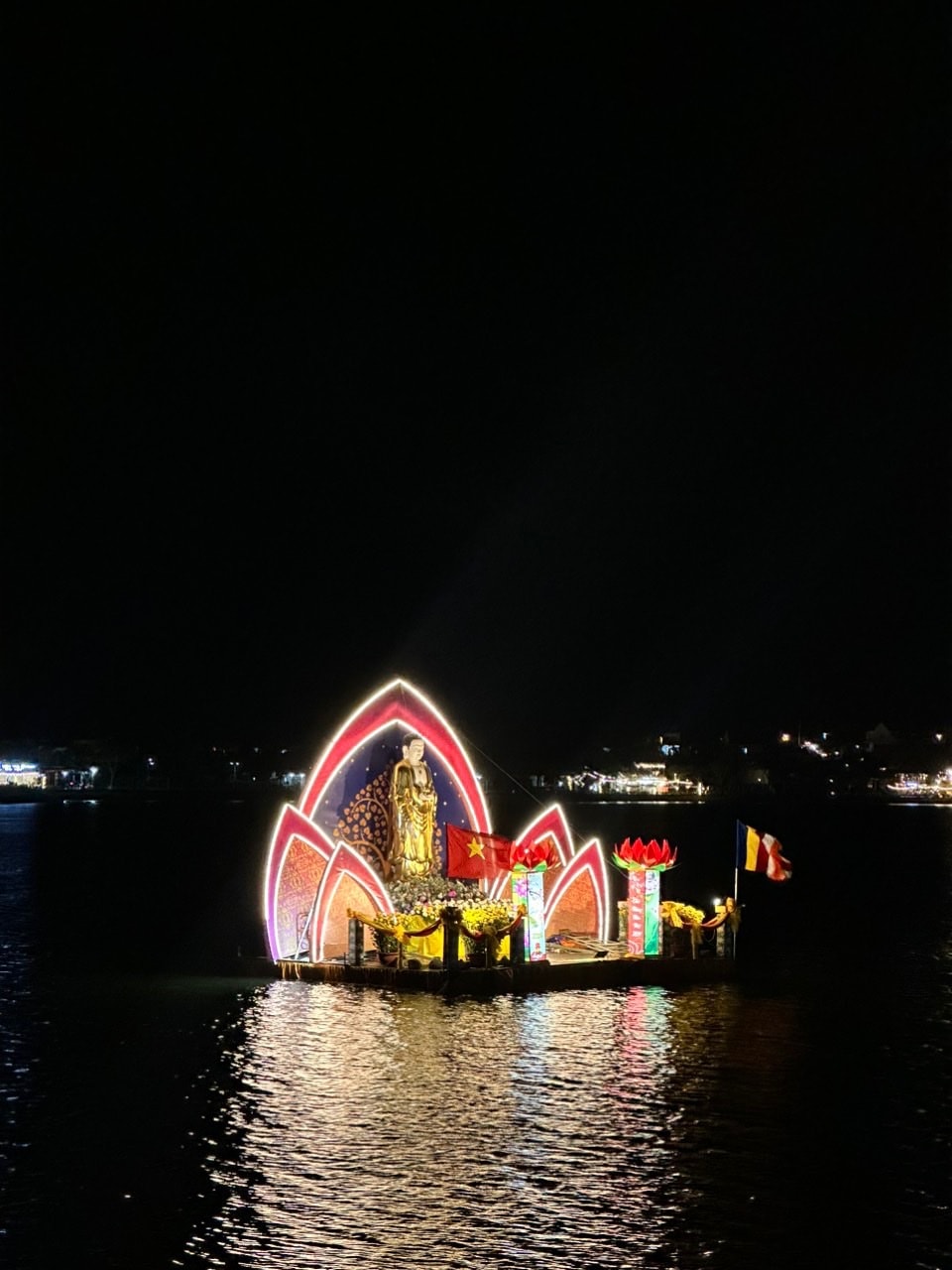
Lantern releasing ceremony at volcanic lake to pray for national peace and prosperity
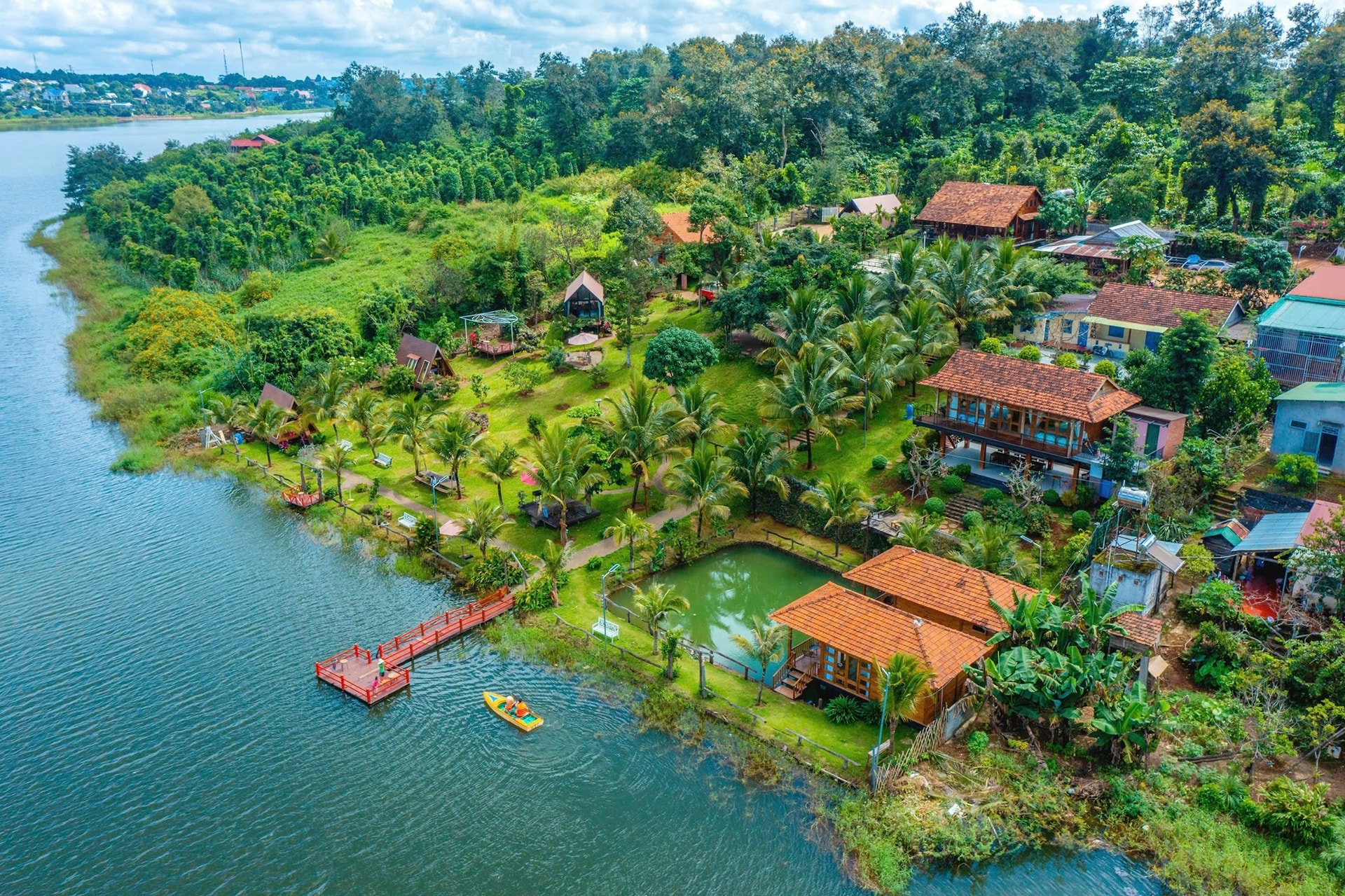
Eco-tourism areas, homestays, garden houses... around the volcanic lake. Photo: Ngo Minh Phuong
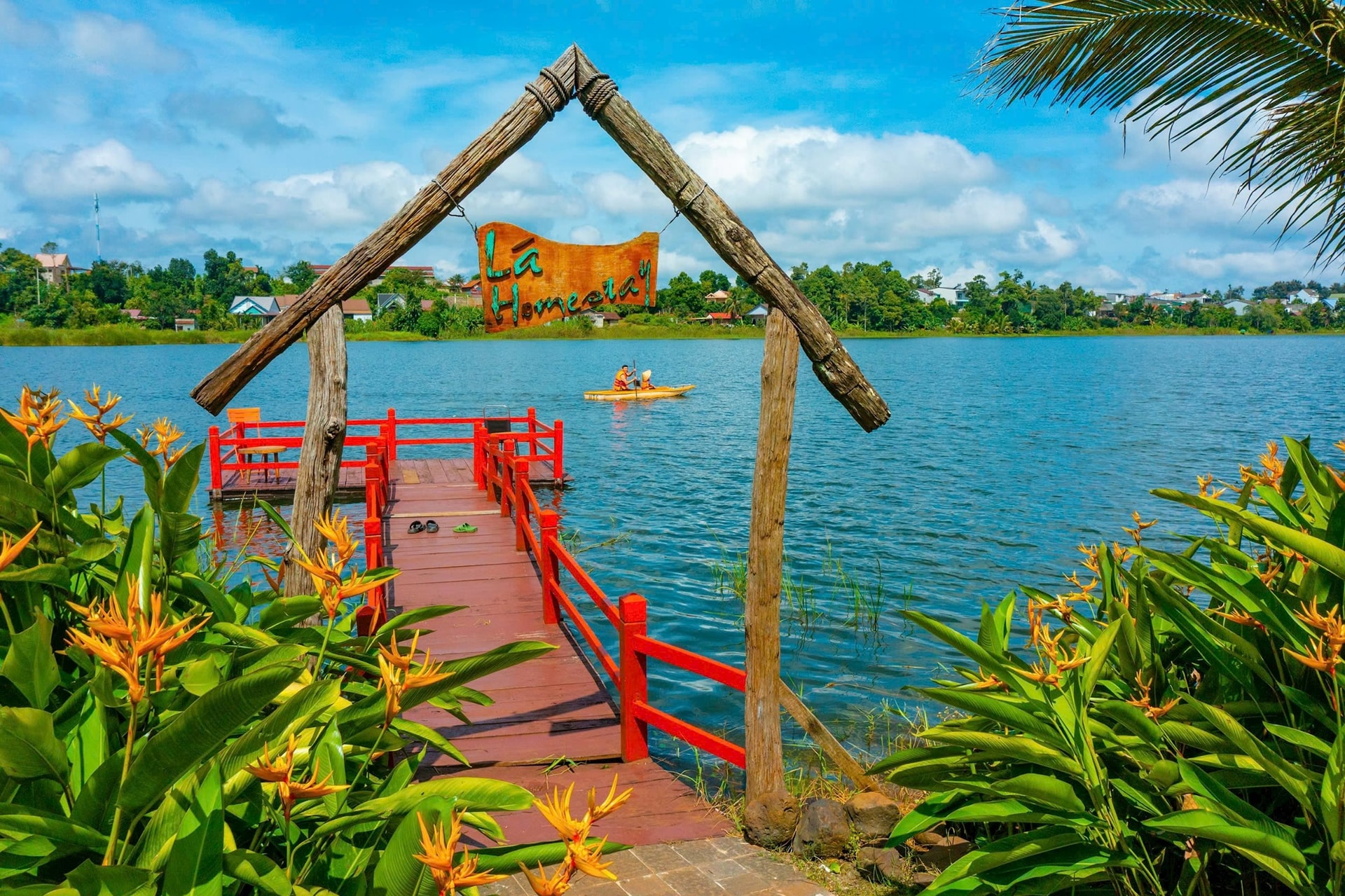
A "check-in" spot designed by the homestay to serve tourists. Photo: Ngo Minh Phuong
In addition to festival activities, visitors to the volcanic lake can also enjoy specialties at restaurants and romantic cafes located along the lake shore.
Homestays and garden villas are built in many different styles and architectures, giving visitors interesting and new resort experiences. Not only that, West Lake is also an ideal destination for outdoor activities such as fishing, boating, picnicking or simply enjoying the peaceful natural space.
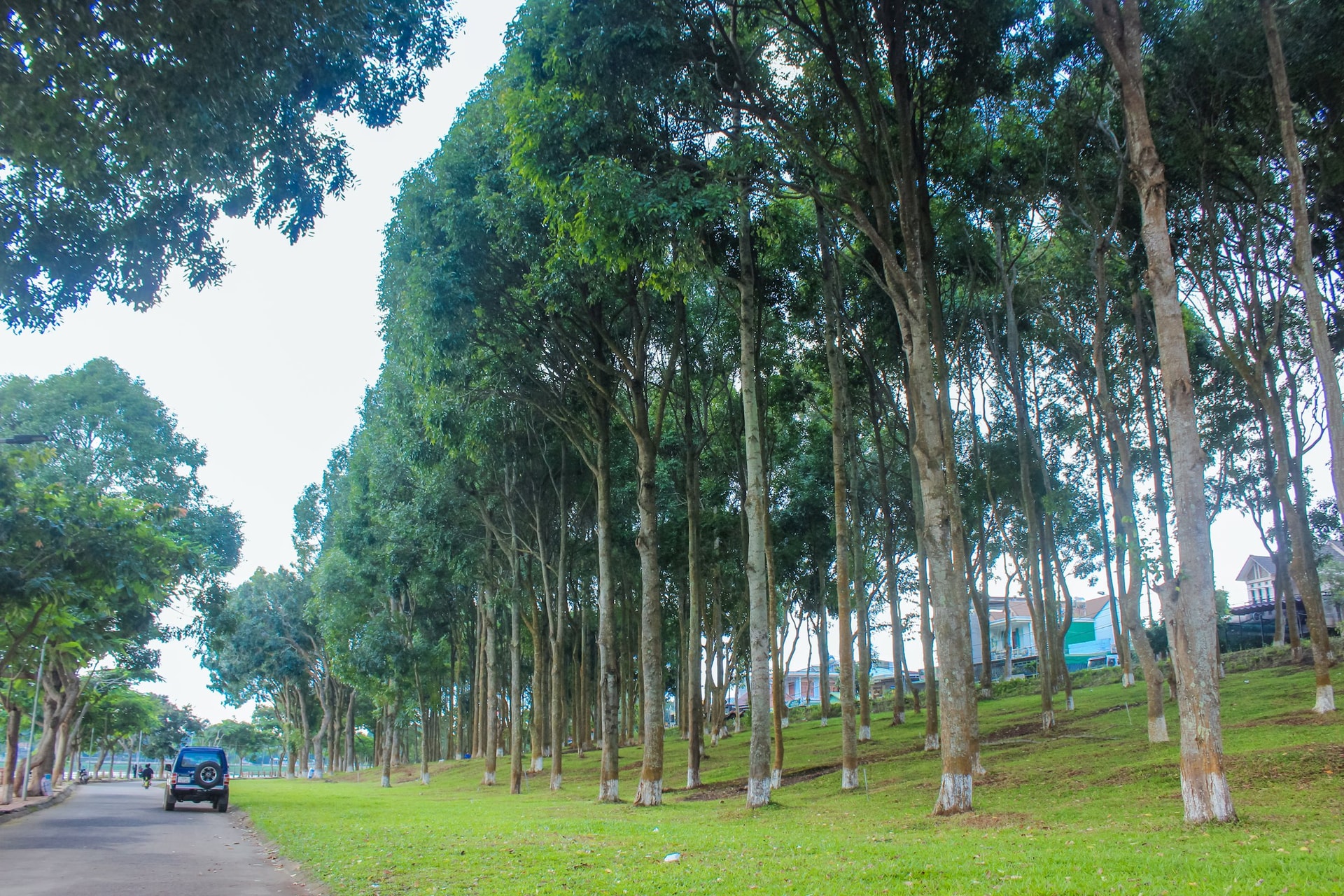
Around the lake shore are stone embankments, walking paths built, trees planted to create shade.
In recent years, Dak Mil district has invested in building parks, fountains, and a walking path system around the lake, and stone embankments to protect the lake shore, turning this place into an ideal destination for tourists and locals.
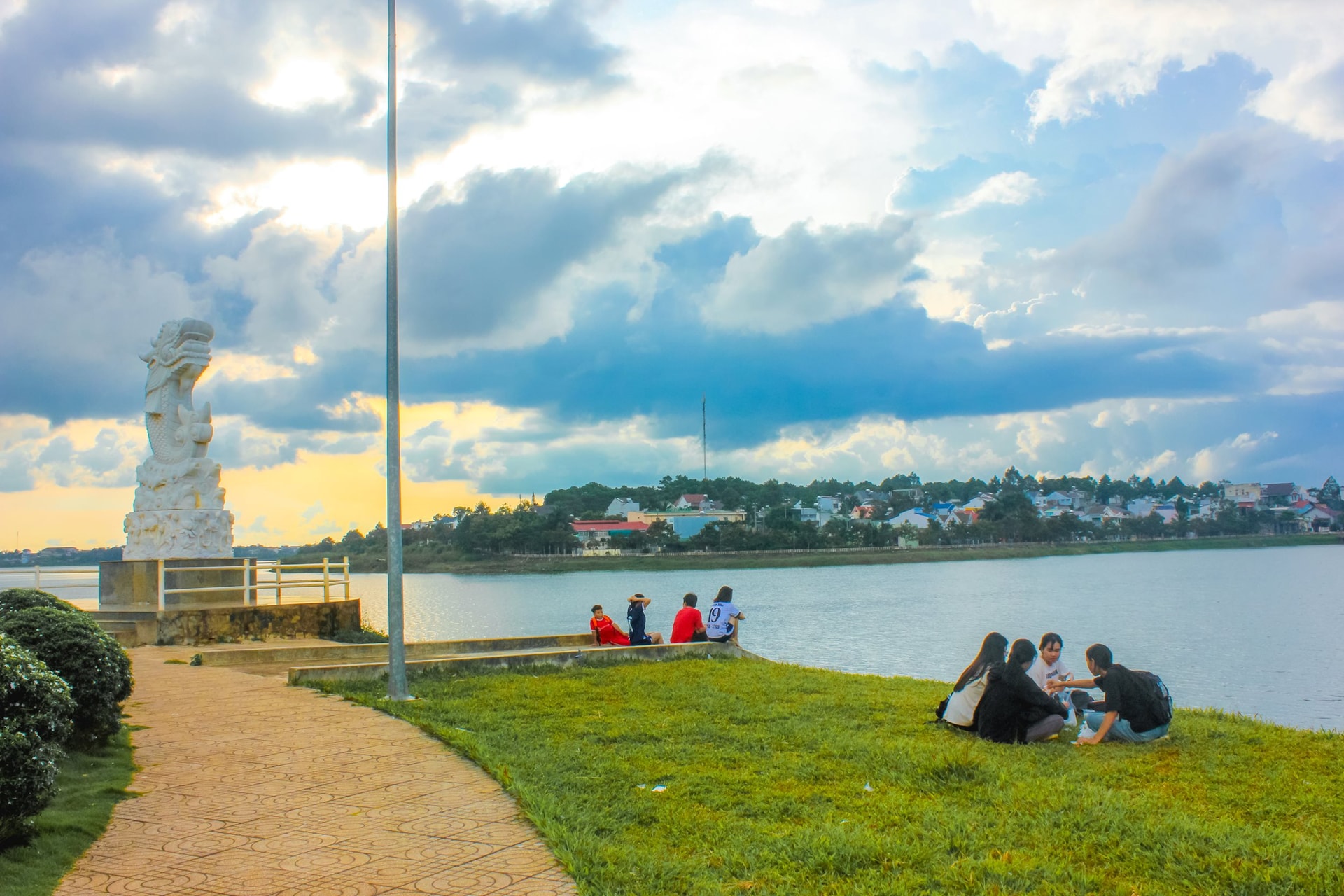
People and tourists enjoy the cool breeze and sightsee at the parks around the volcanic lake.
The beautiful scenery of the volcanic lake is a great "virtual living" and "check-in" space for many young people. The end-of-day scene at the lake shore really fascinates people with the golden color of the sunset, the sparkling lake and the reflection of the colors of the sky. Find a small cafe by the lake and sit quietly enjoying the sunset at the volcanic lake, it is definitely an experience that visitors will never forget.
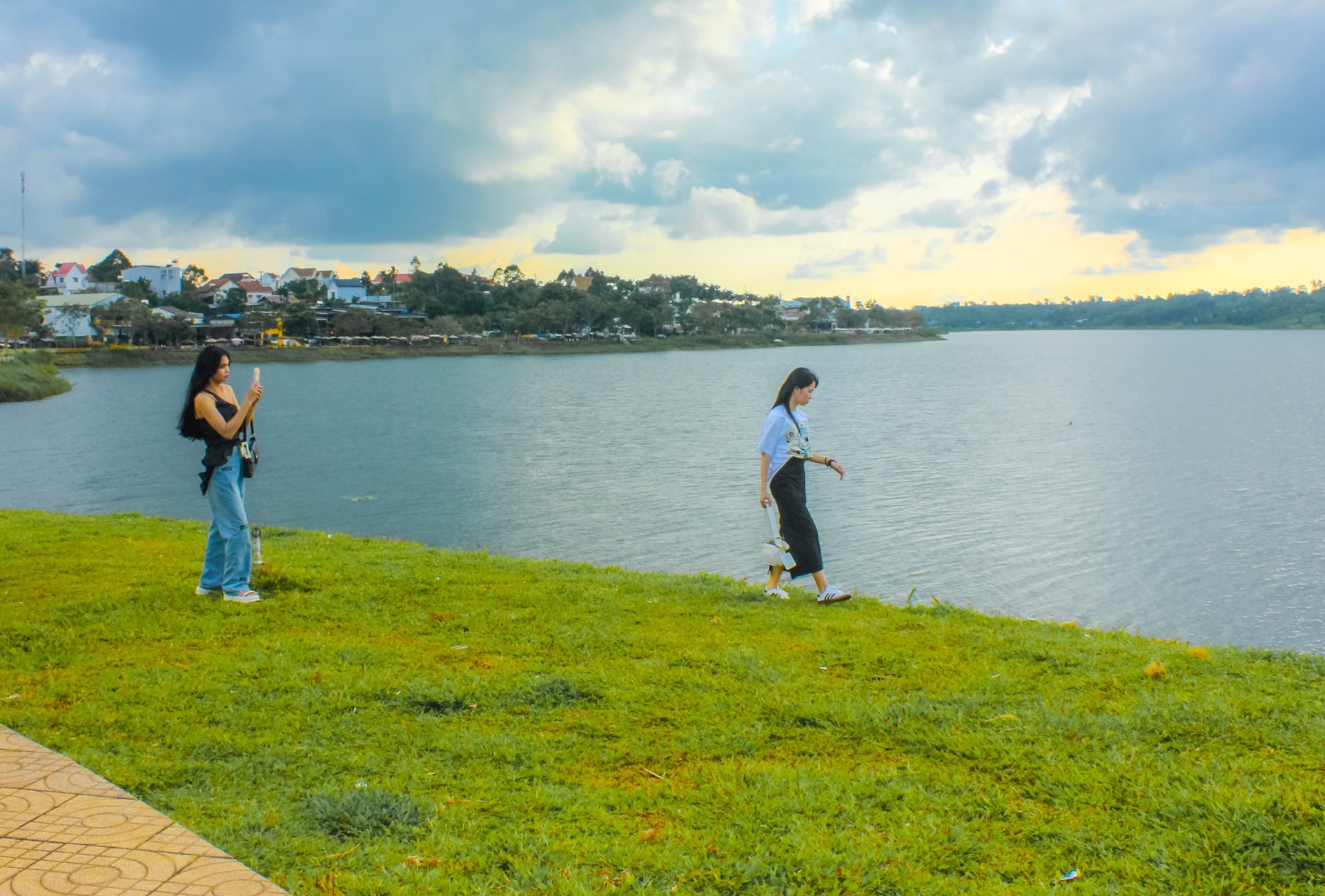
West Lake is a favorite photography spot for many tourists and locals.
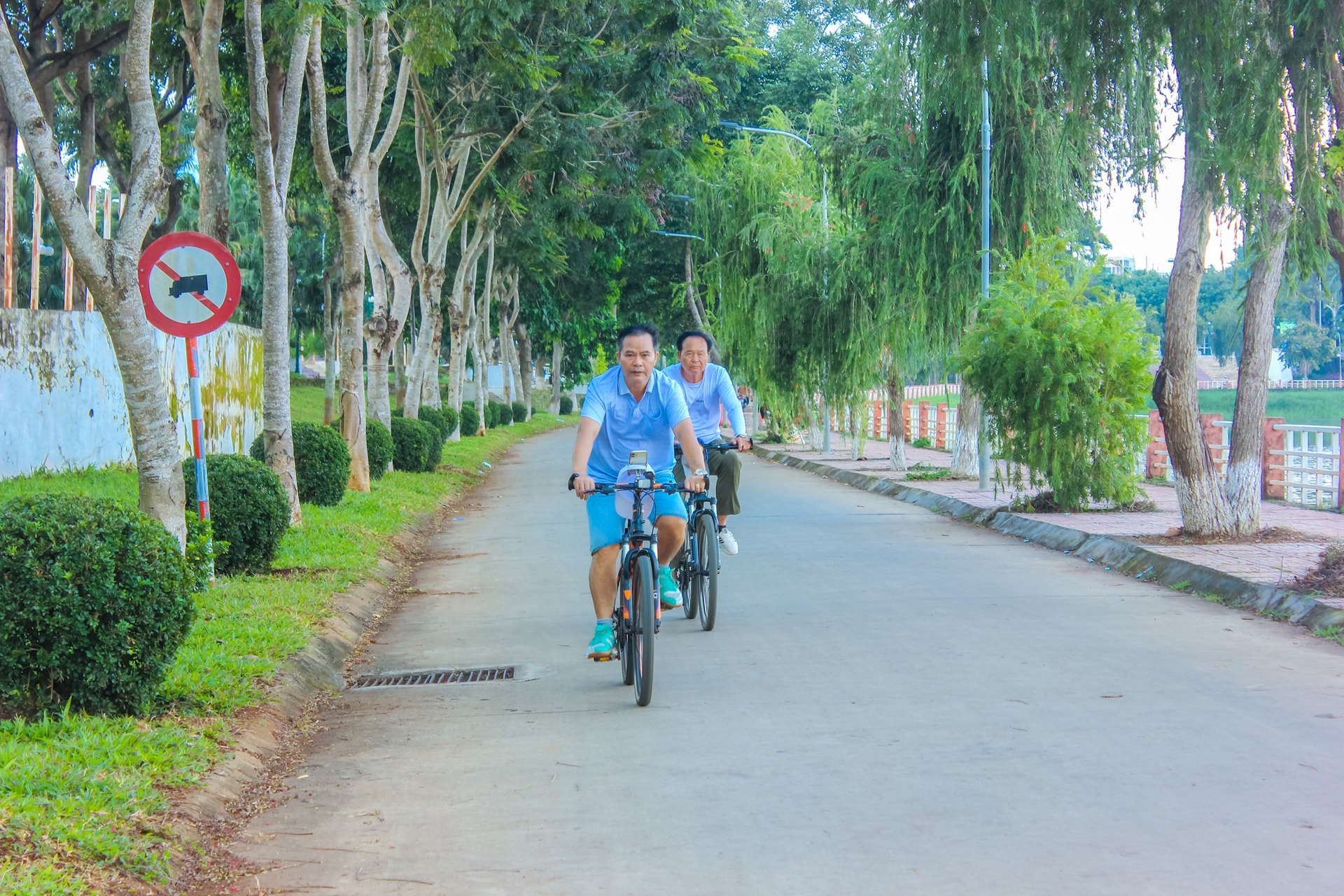
Along the lake is where many people love to cycle for exercise under the shade of lush green trees.
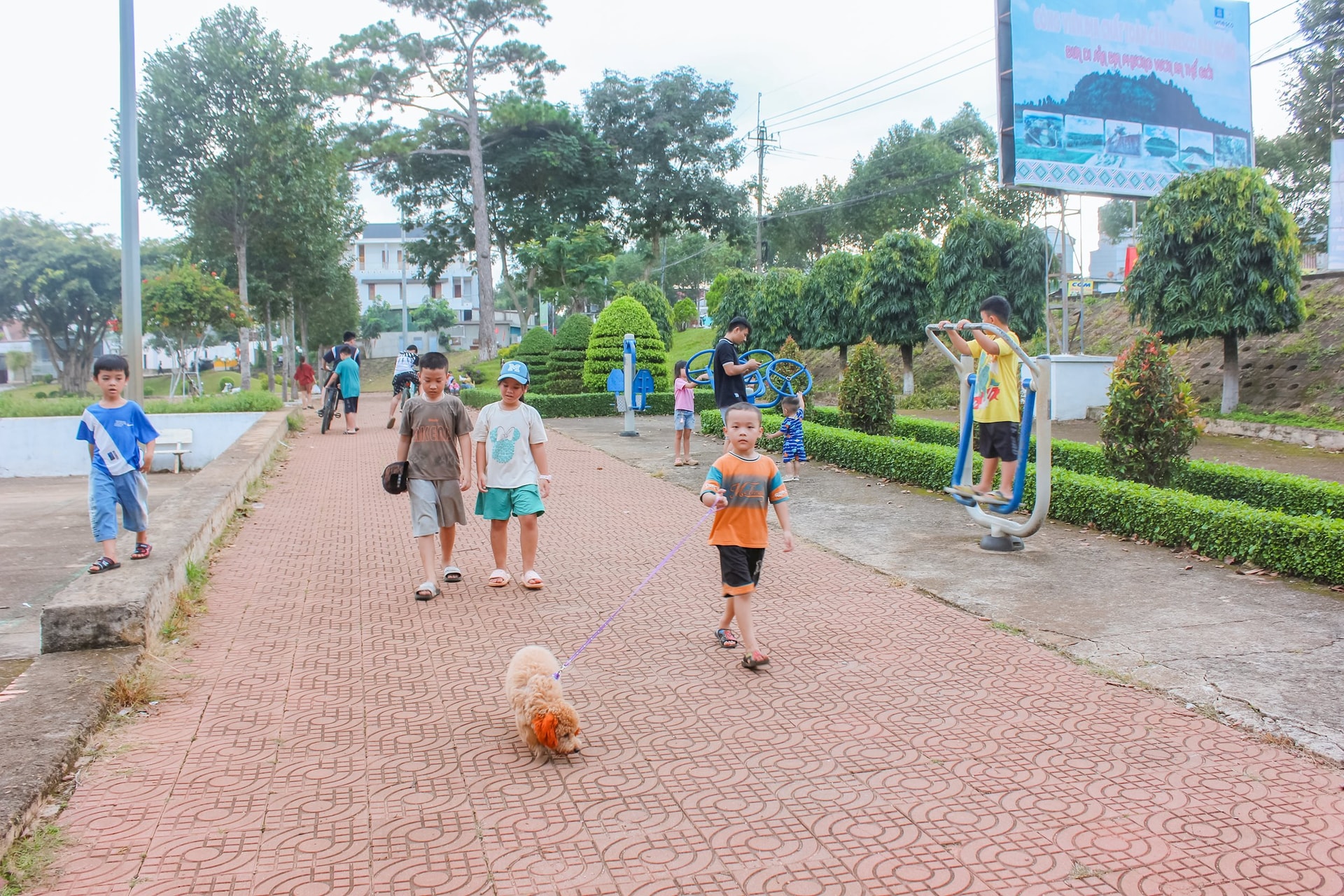
The lakeside park is a place for people to have fun, relax, exercise... in a cool, fresh atmosphere.
Although the volcanic lake is gradually becoming an attractive tourist destination, the work of protecting and developing it sustainably is extremely important.
With the increasing number of tourists, Dak Mil district authorities have been implementing many measures to protect the environment and ecosystem of the lake. Construction works, waste collection systems and development of environmentally friendly tourism infrastructure have all been carefully invested in, ensuring that the volcanic lake retains its pristine beauty and rich ecosystem.
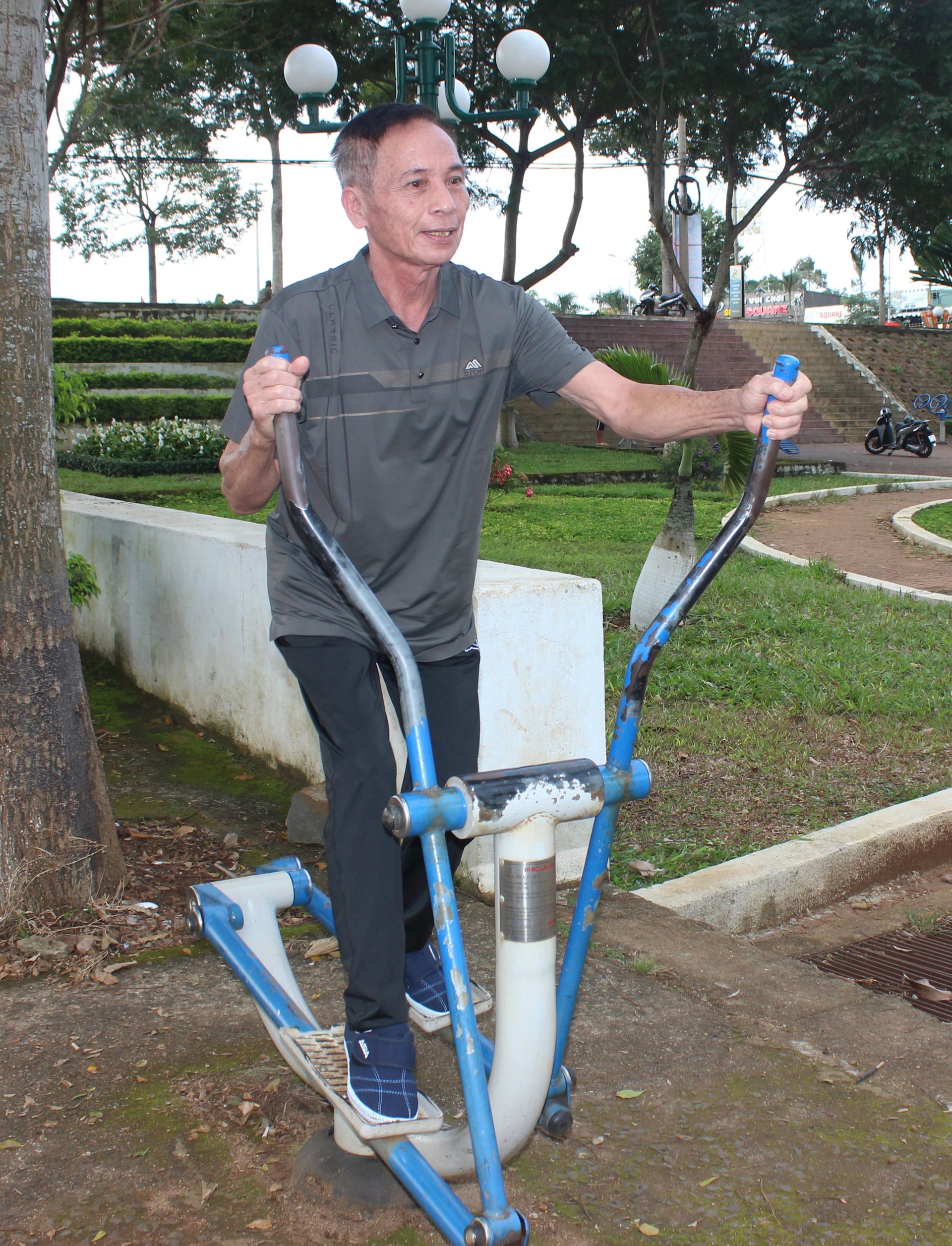
People exercise in the area around the lake
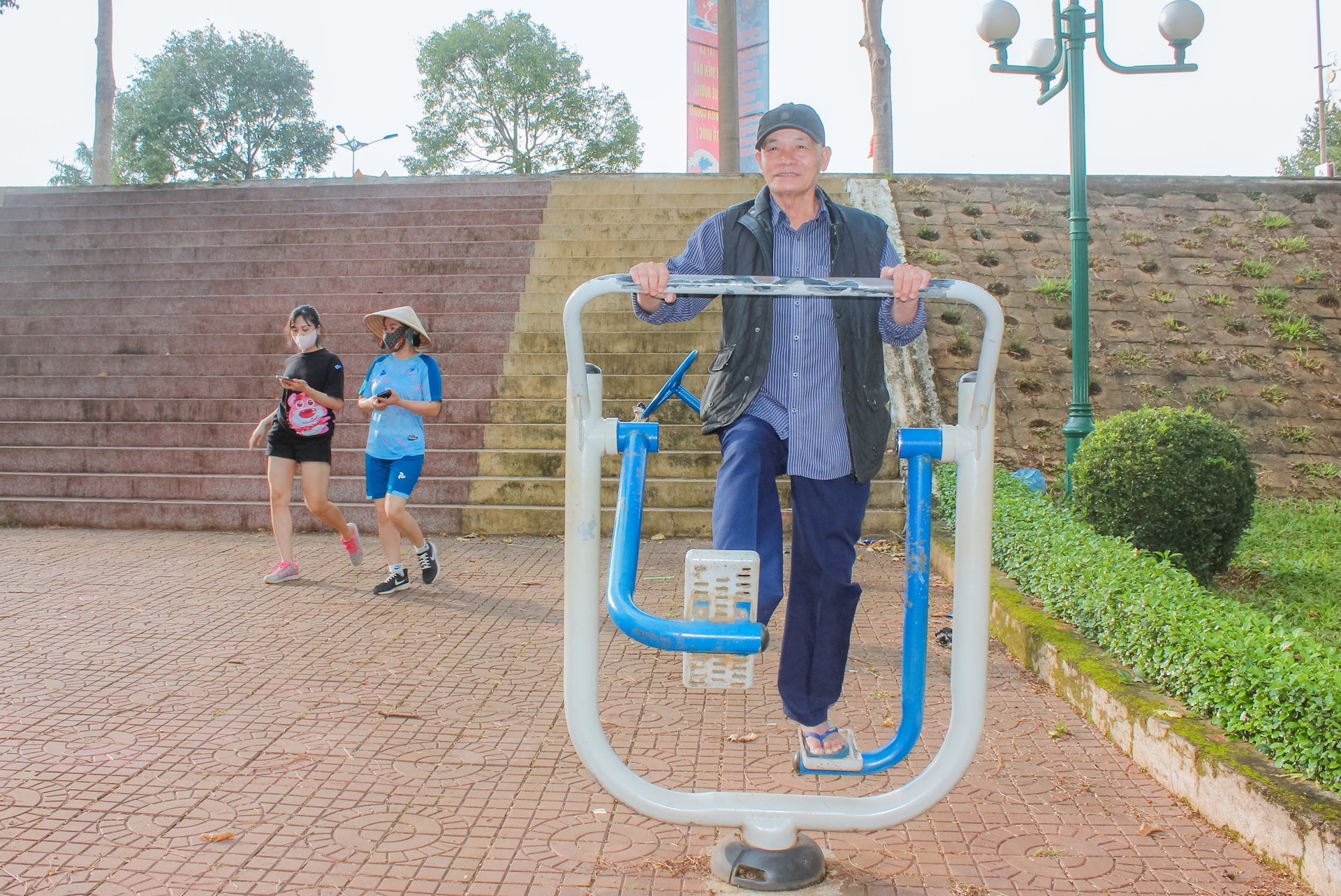
Many amenities for people
Volcano Lake with its tranquil natural beauty and history of development closely linked to the lives of Dak Mil people, is not only an outstanding tourist destination but also a symbol of the harmony between people and nature.
In the heart of the majestic M'nong plateau, the volcanic lake is a gentle highlight, giving visitors a sense of peace and unforgettable experiences.
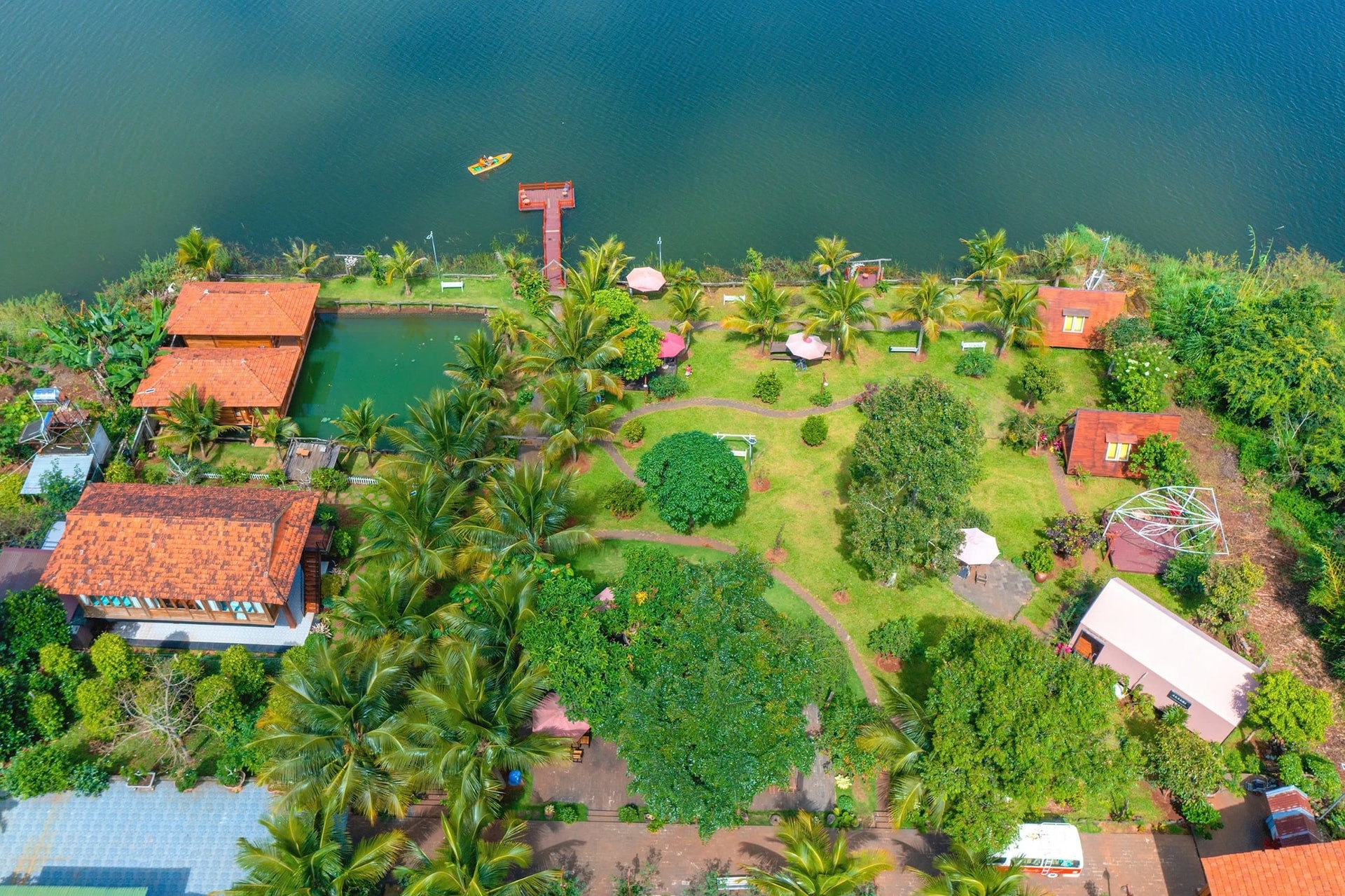
Source: https://danviet.vn/mot-ho-nuoc-nhan-tao-dep-nhu-phim-o-dak-nong-cu-goi-la-ho-tay-dan-cau-ca-to-bu-noi-ho-nui-lua-20241010164130046.htm



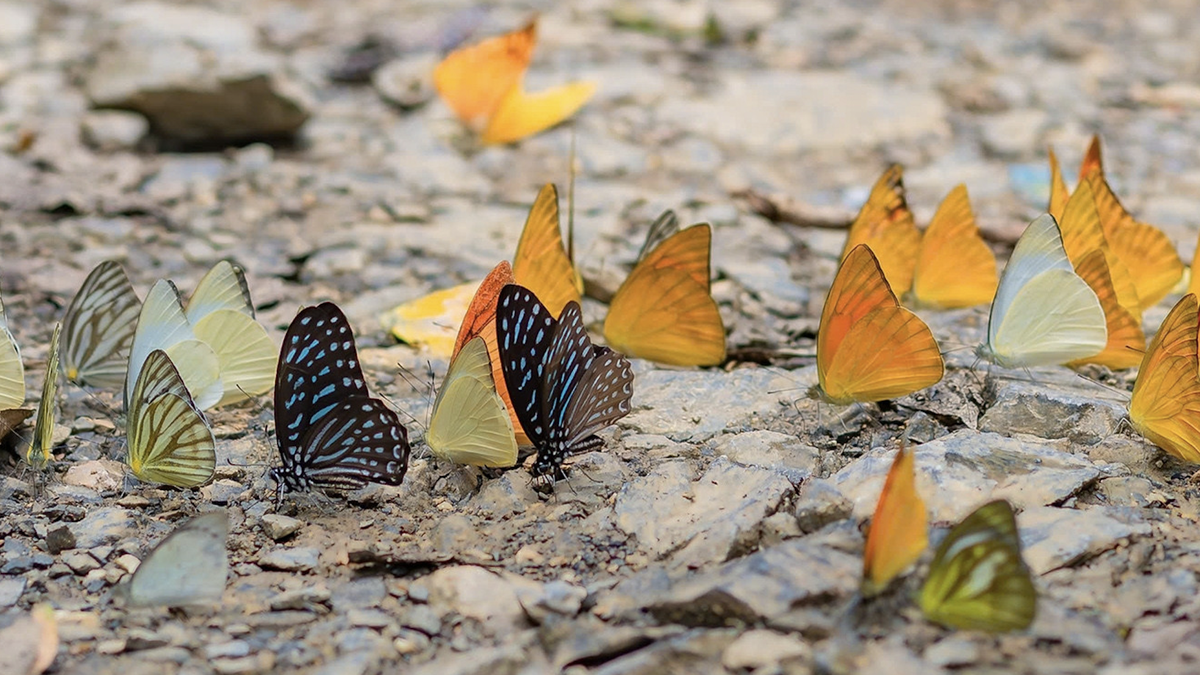
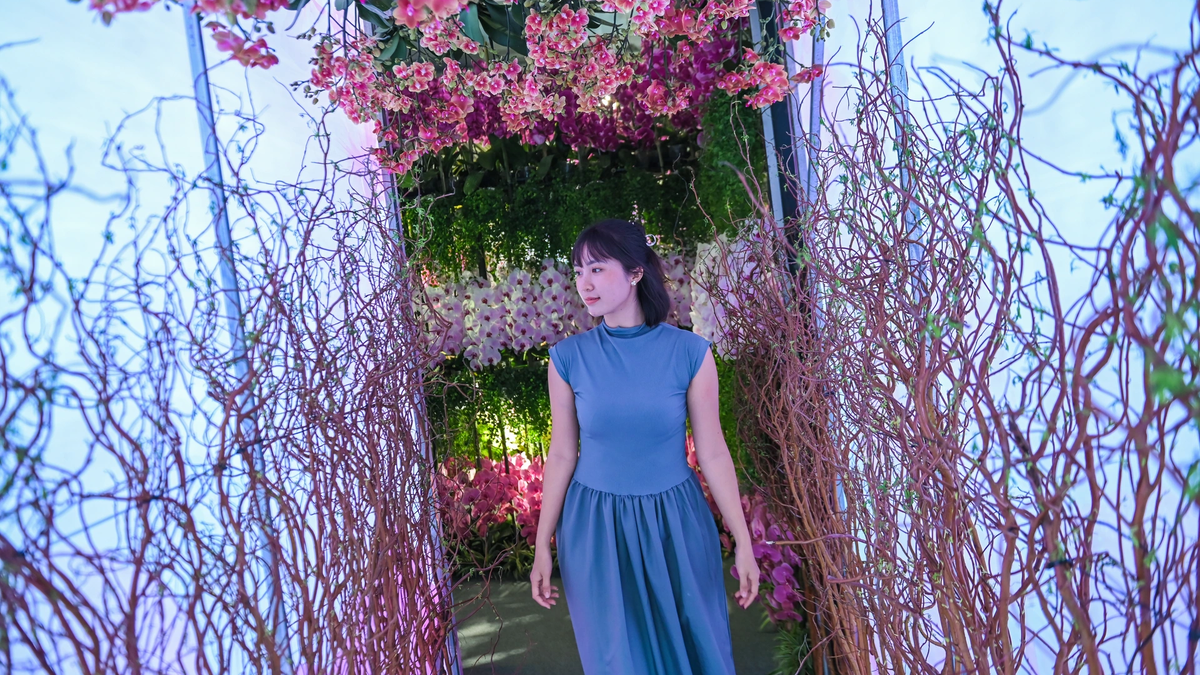
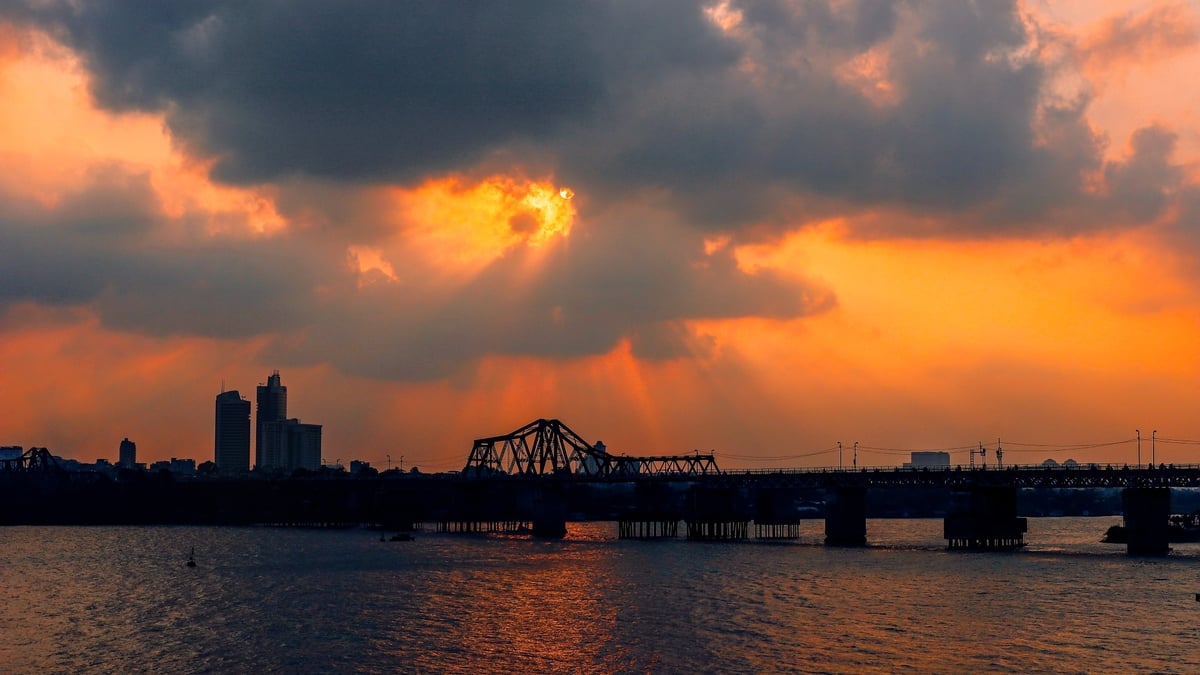
![[Photo] Prime Minister Pham Minh Chinh and Prime Minister of the Kingdom of Thailand Paetongtarn Shinawatra attend the Vietnam-Thailand Business Forum 2025](https://vphoto.vietnam.vn/thumb/1200x675/vietnam/resource/IMAGE/2025/5/16/1cdfce54d25c48a68ae6fb9204f2171a)

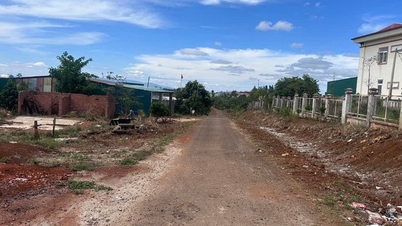

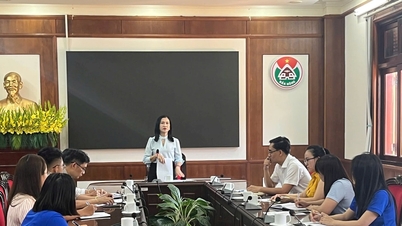

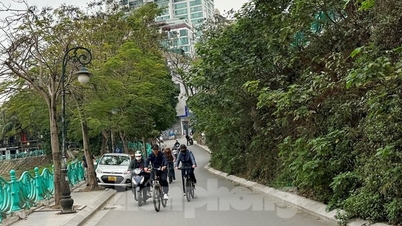

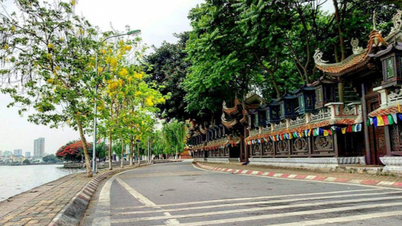

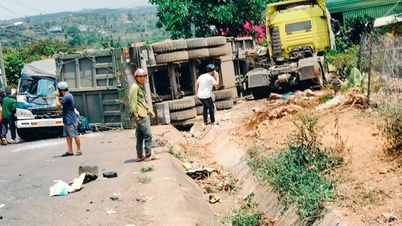

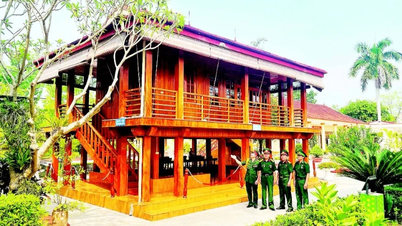

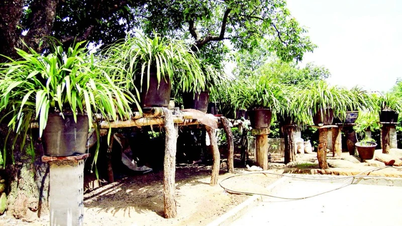
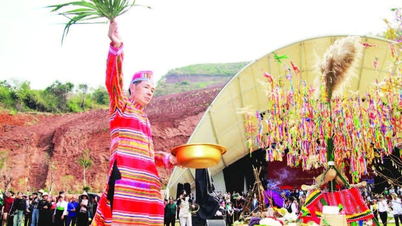
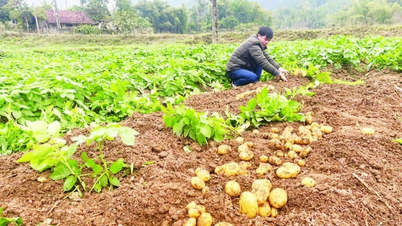
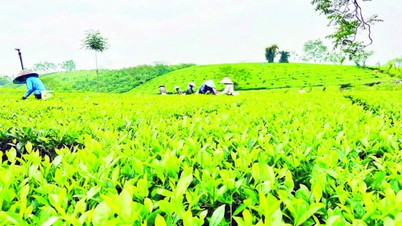
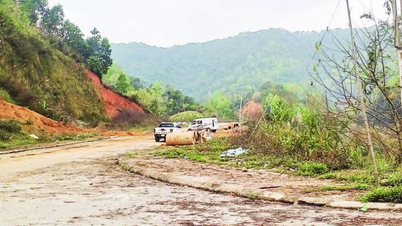




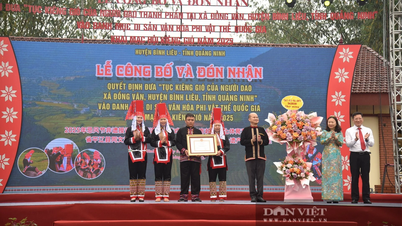
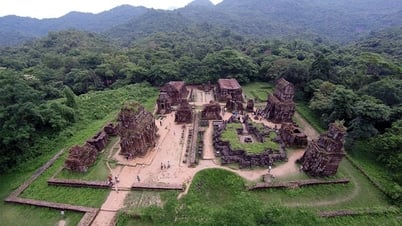
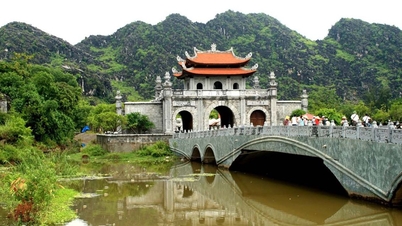
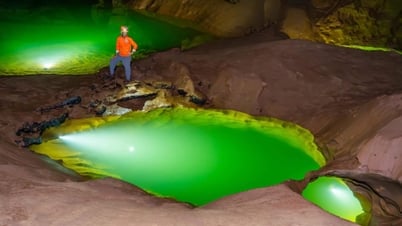
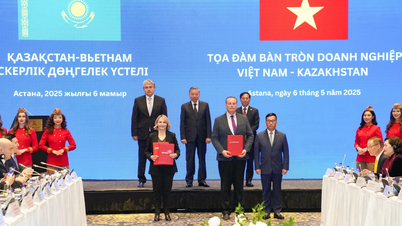

![[Photo] President Luong Cuong receives Prime Minister of the Kingdom of Thailand Paetongtarn Shinawatra](https://vphoto.vietnam.vn/thumb/1200x675/vietnam/resource/IMAGE/2025/5/16/52c73b27198a4e12bd6a903d1c218846)


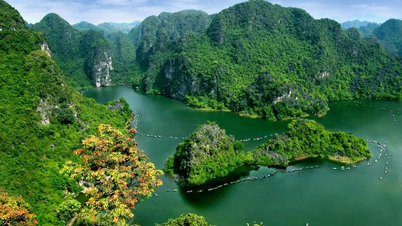

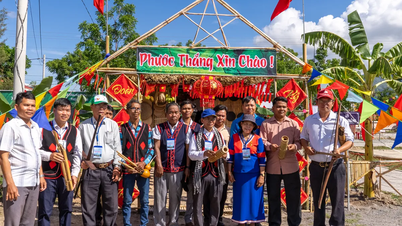

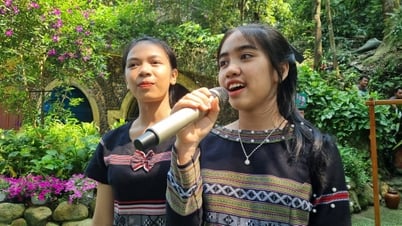



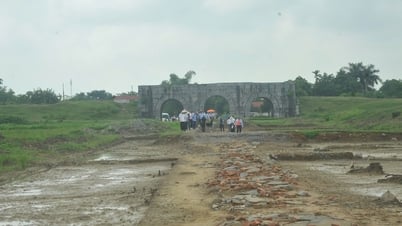




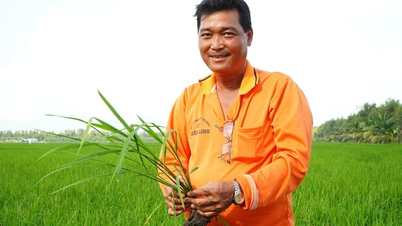

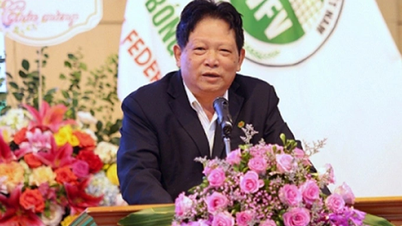

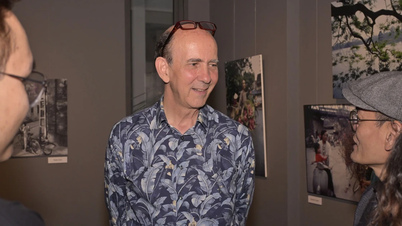








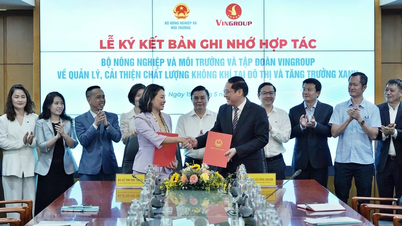

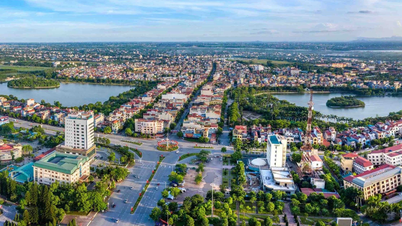






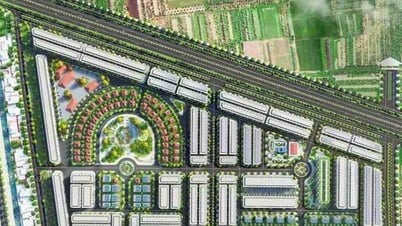



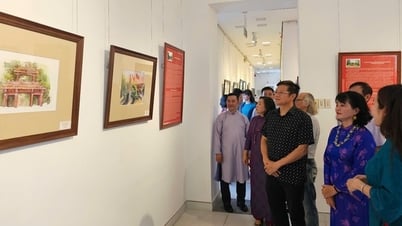


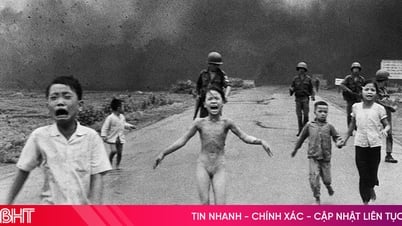

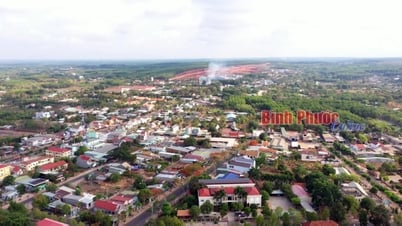

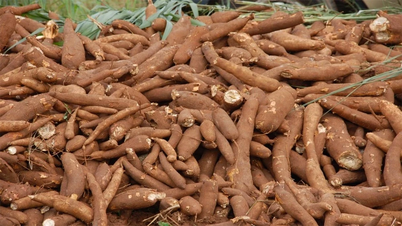











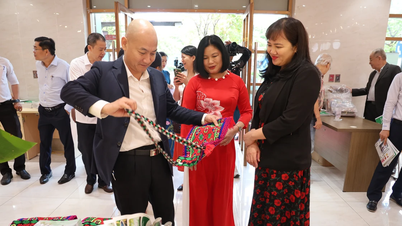
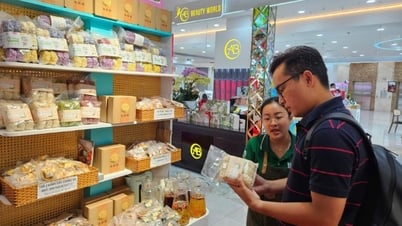
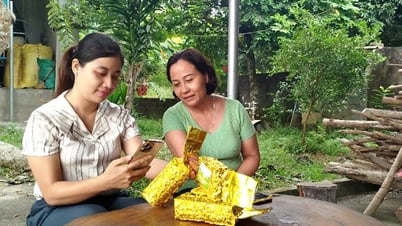

Comment (0)